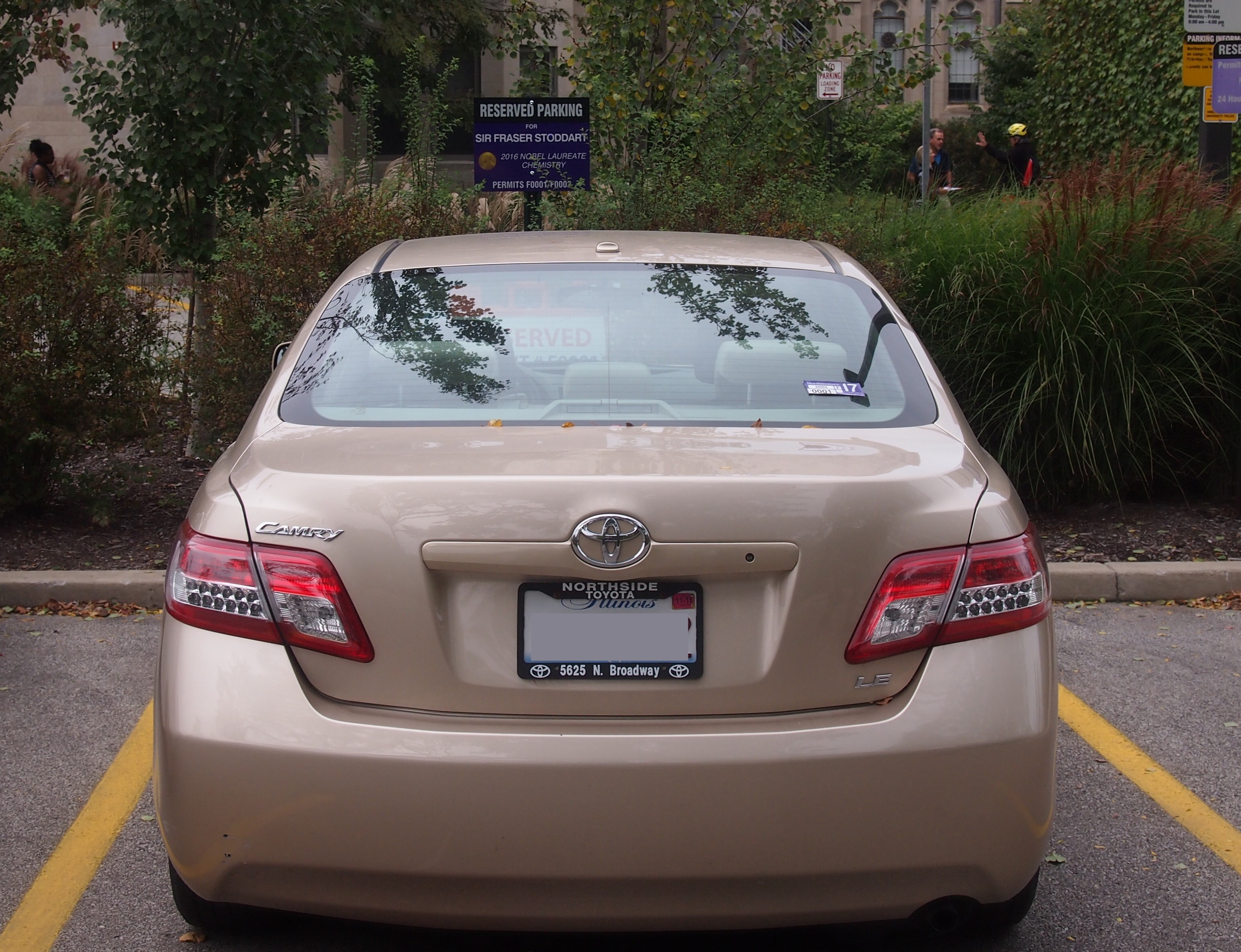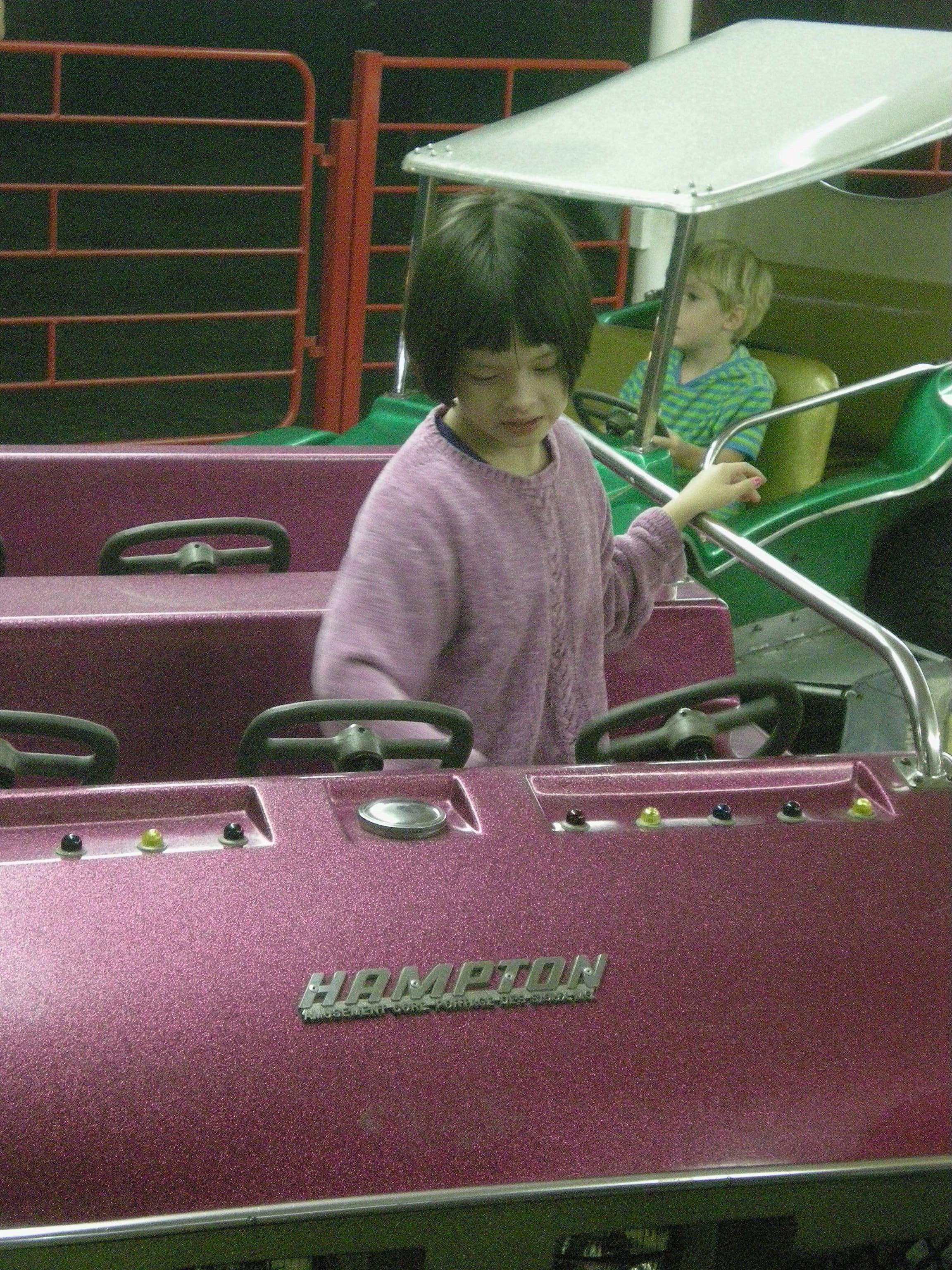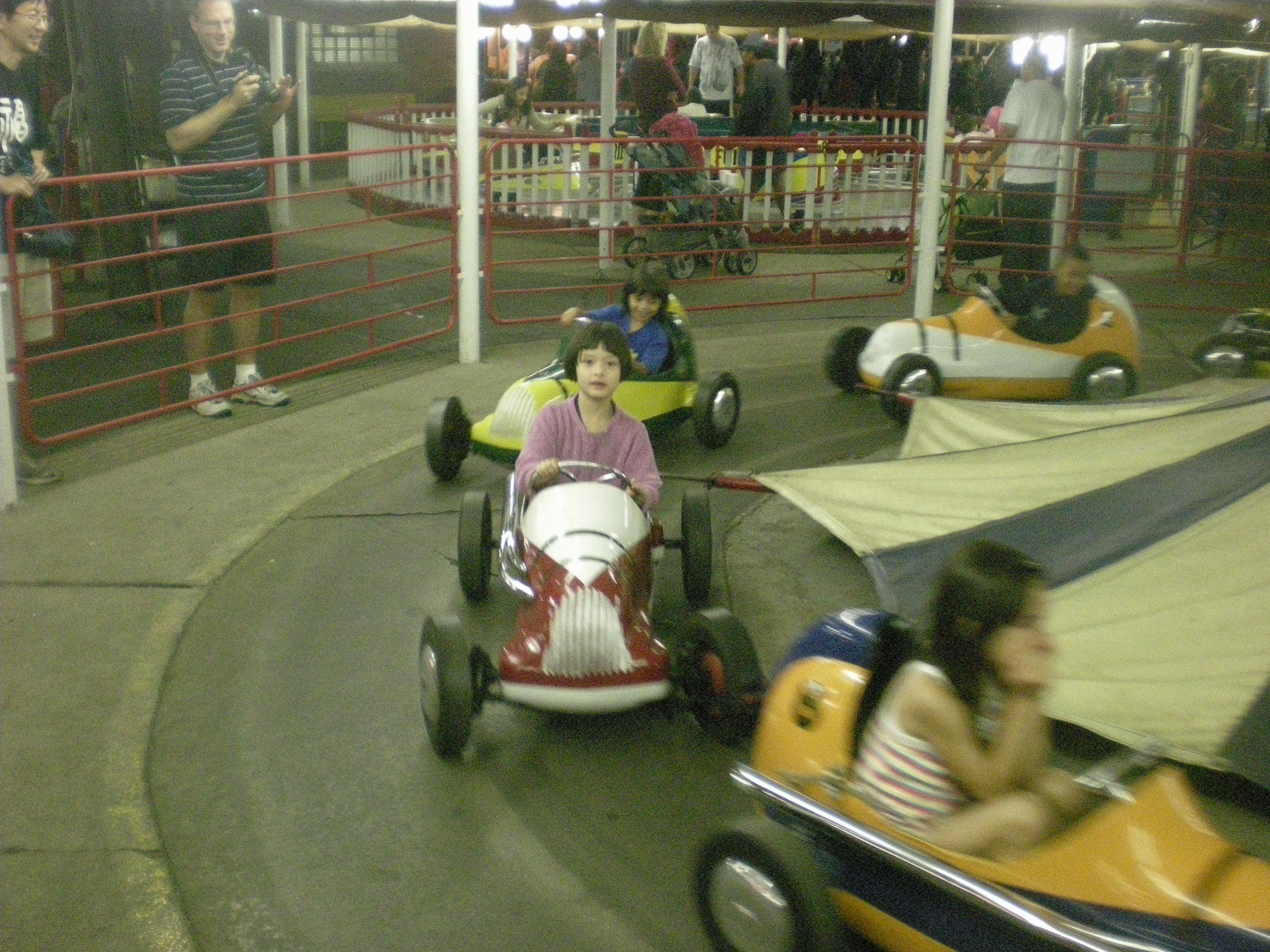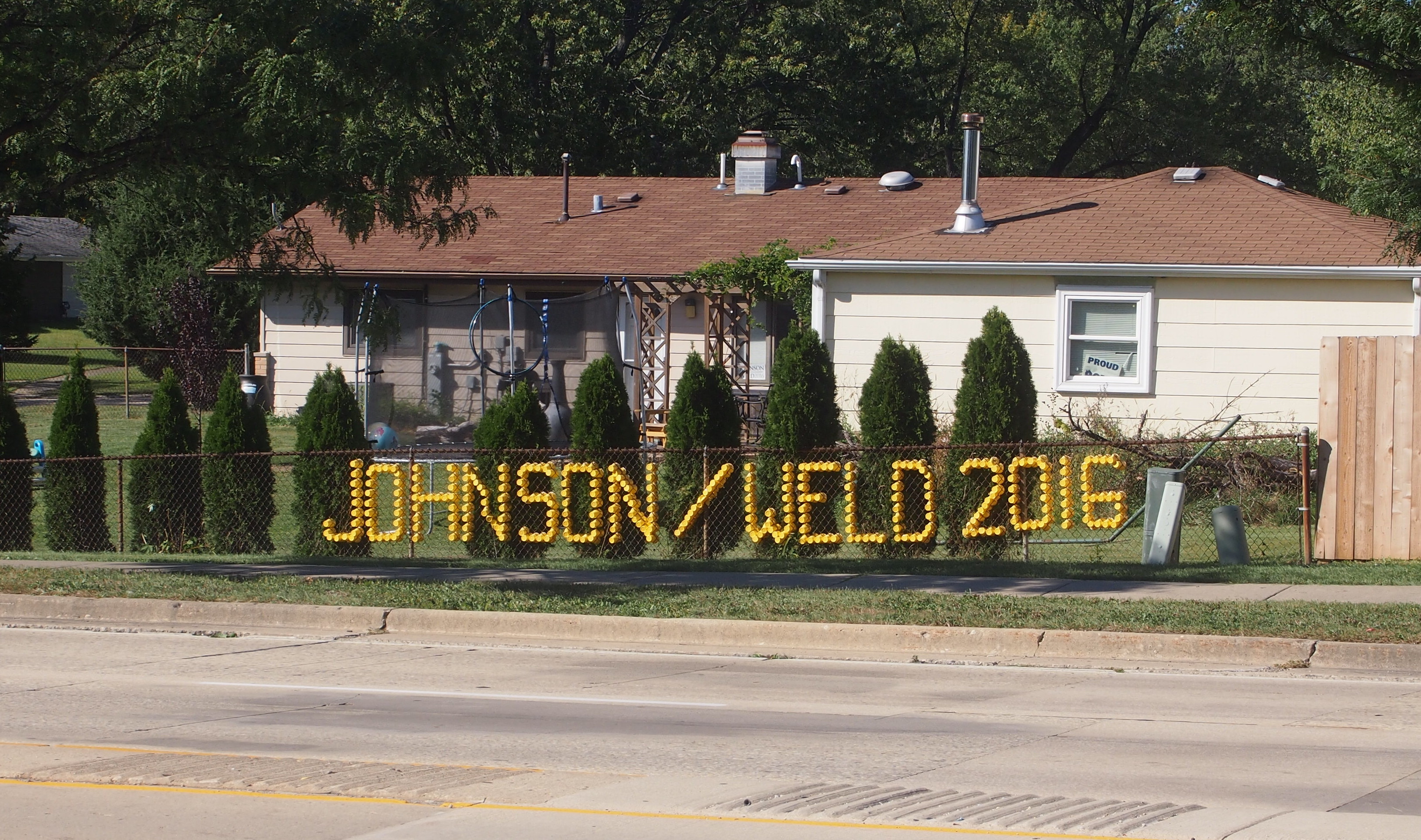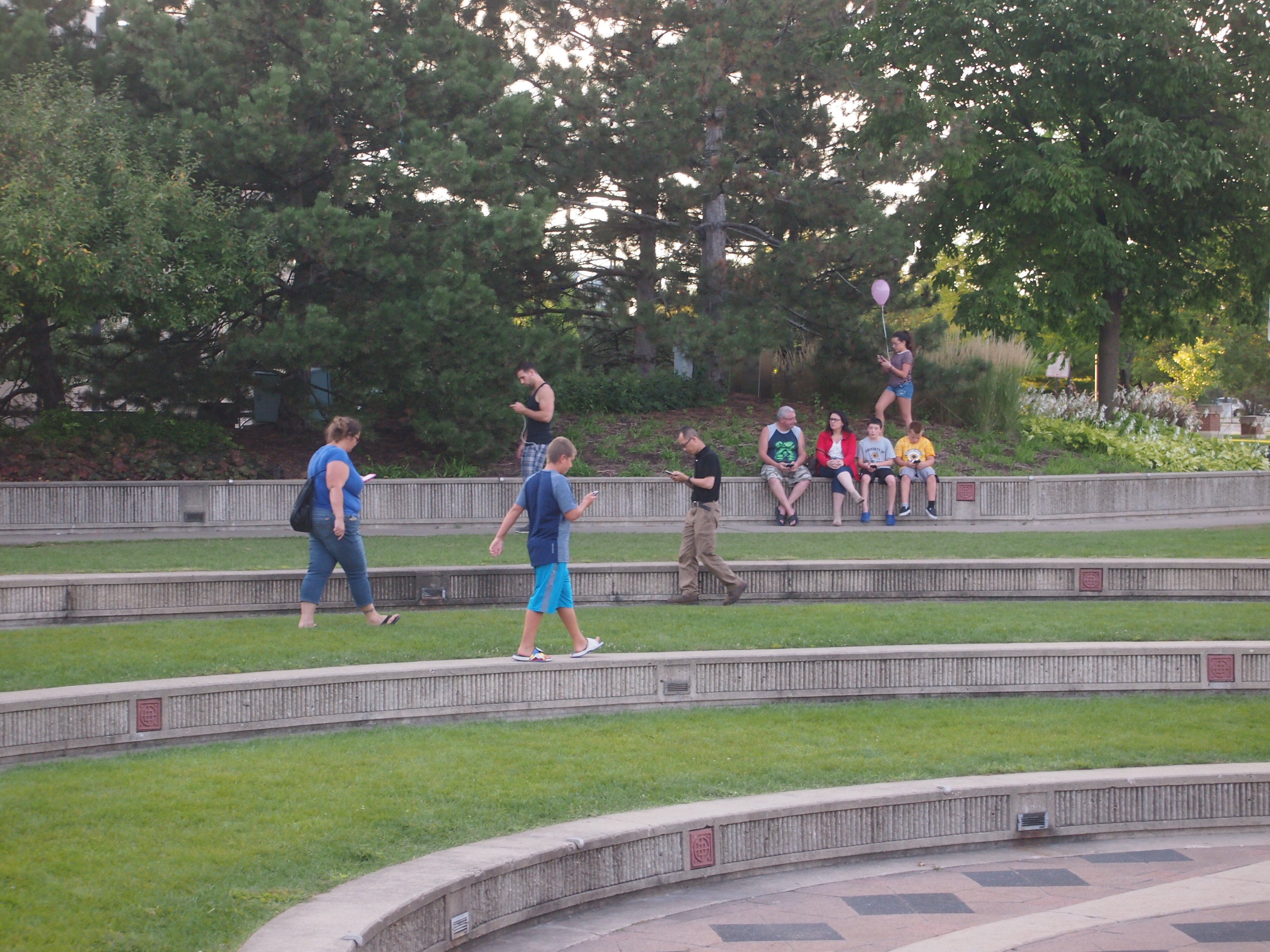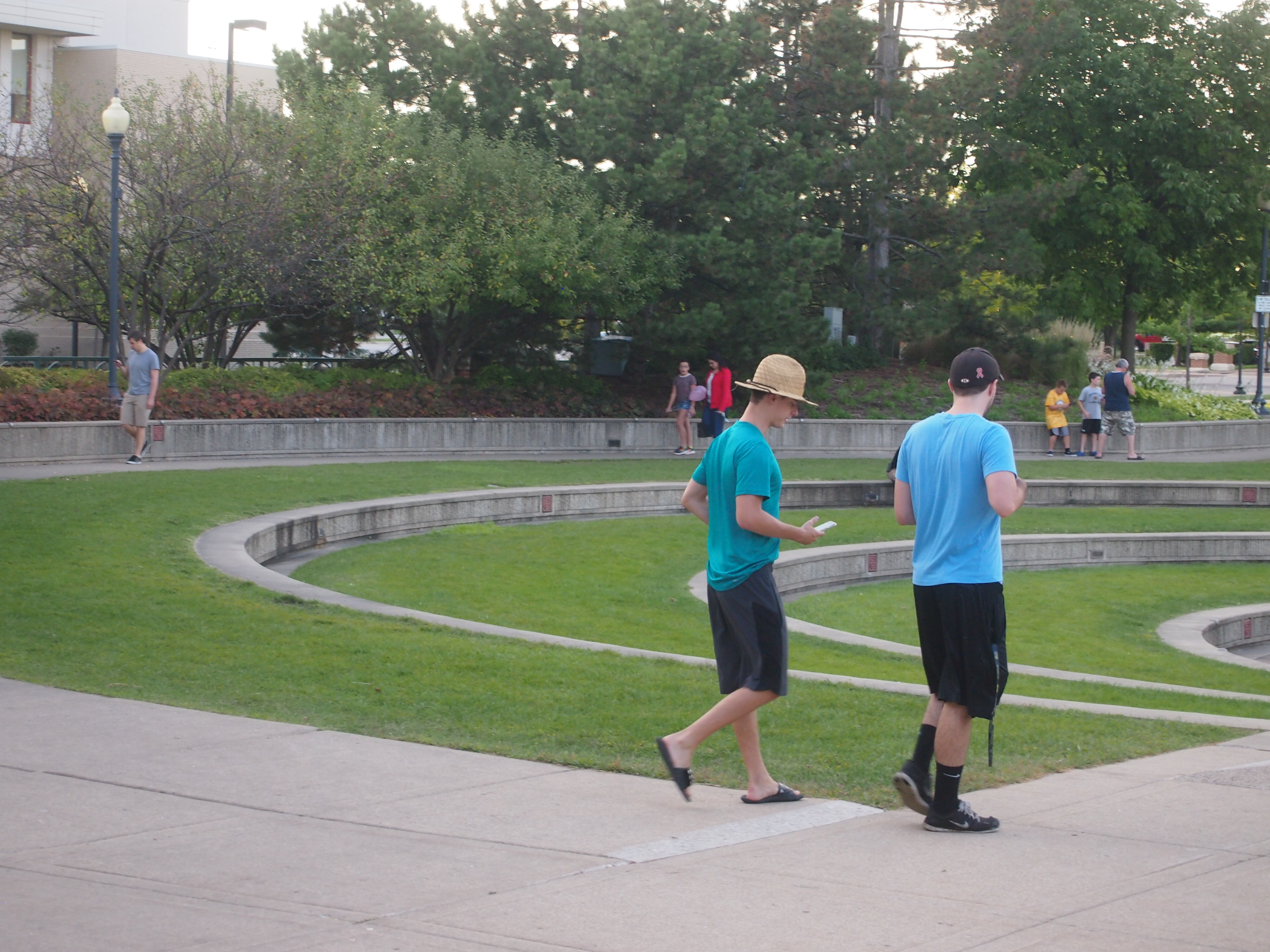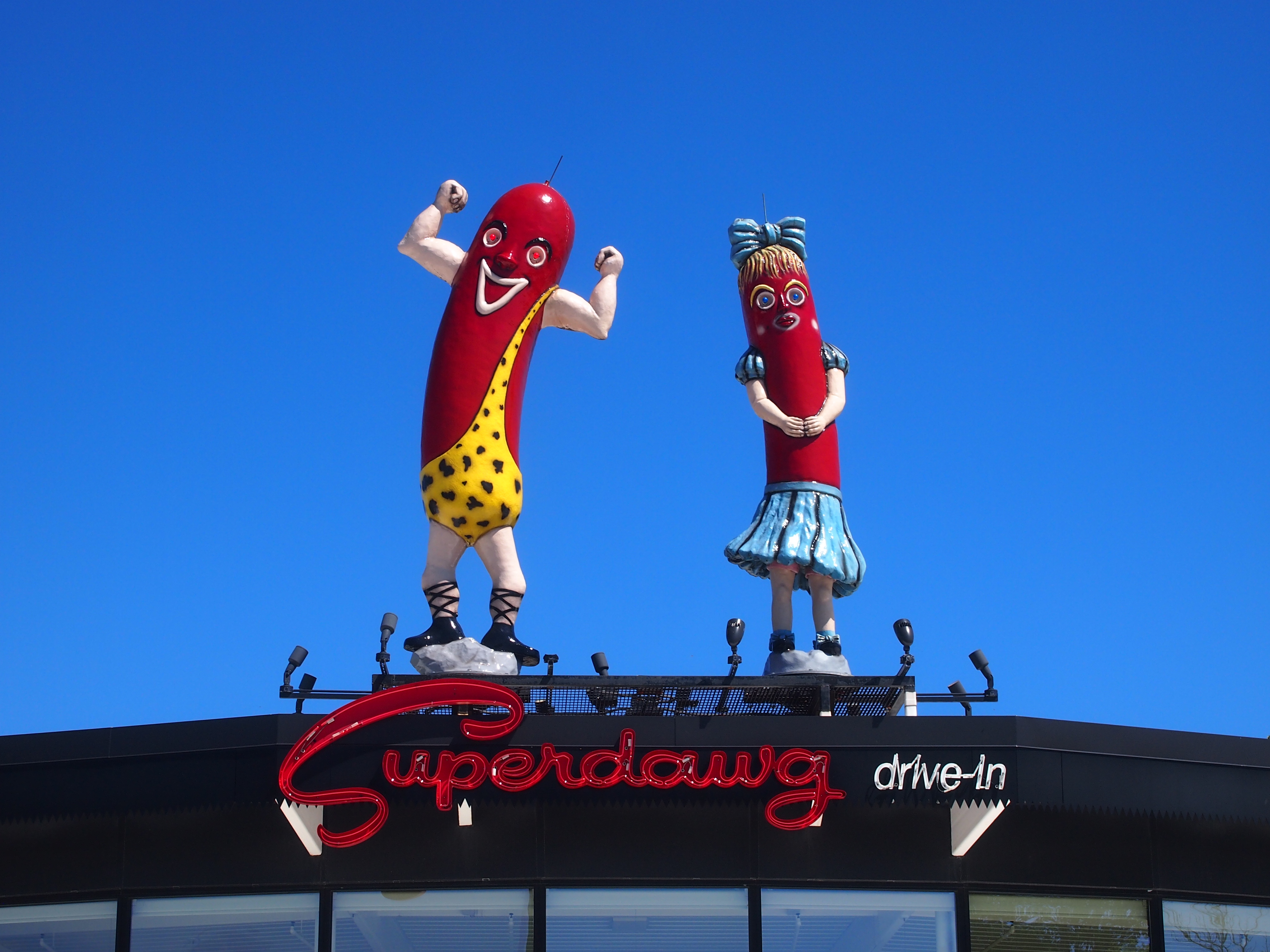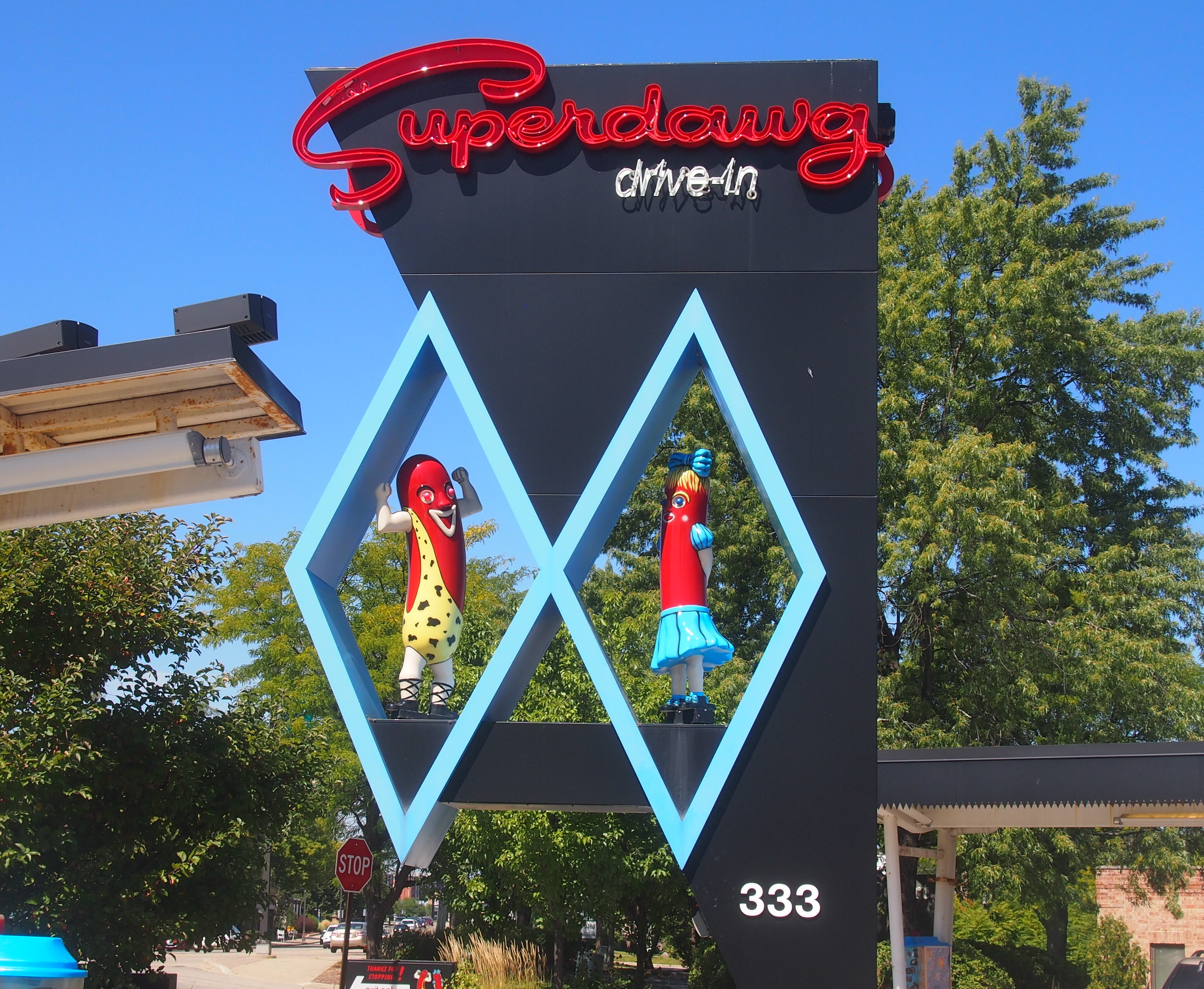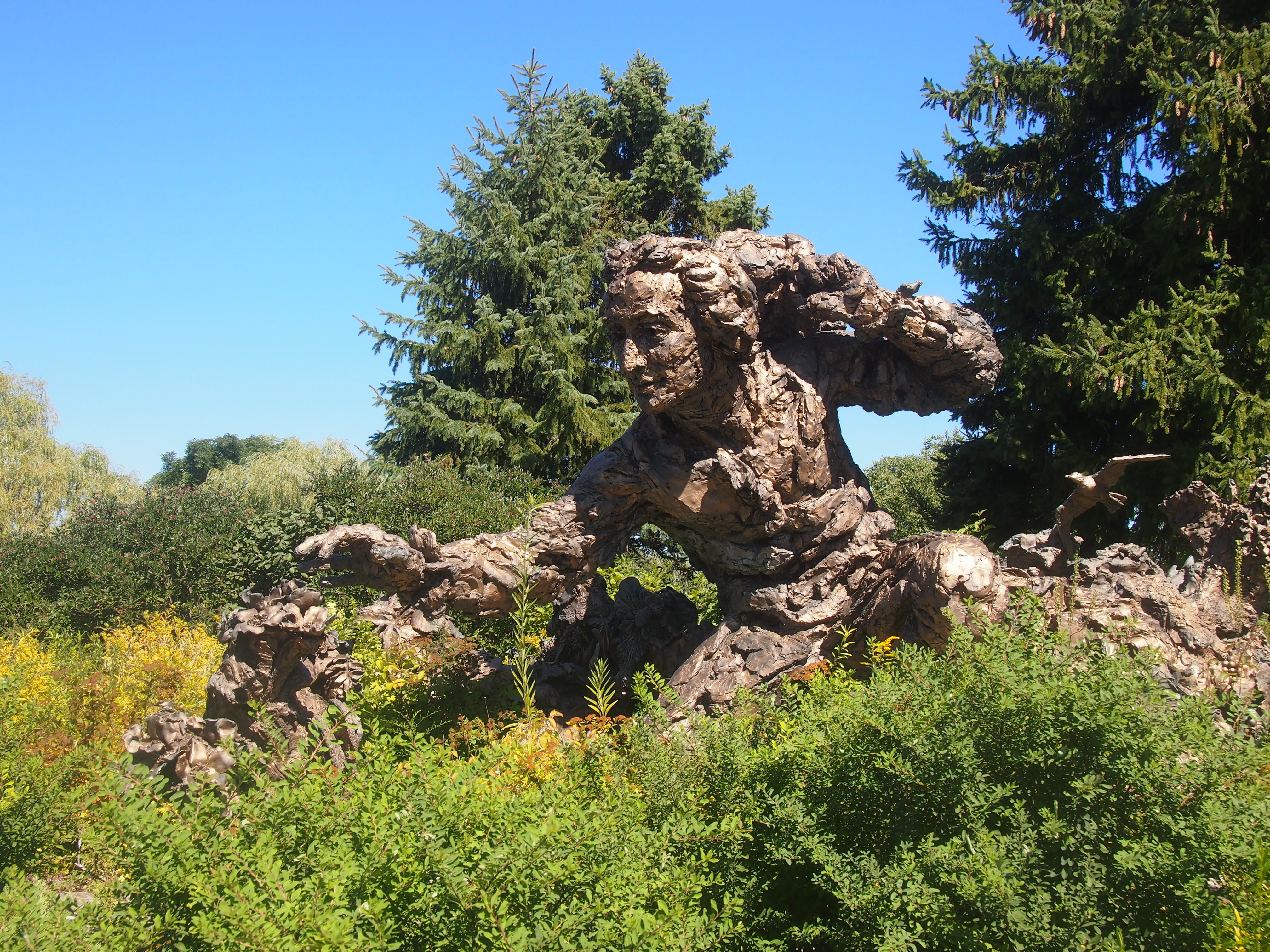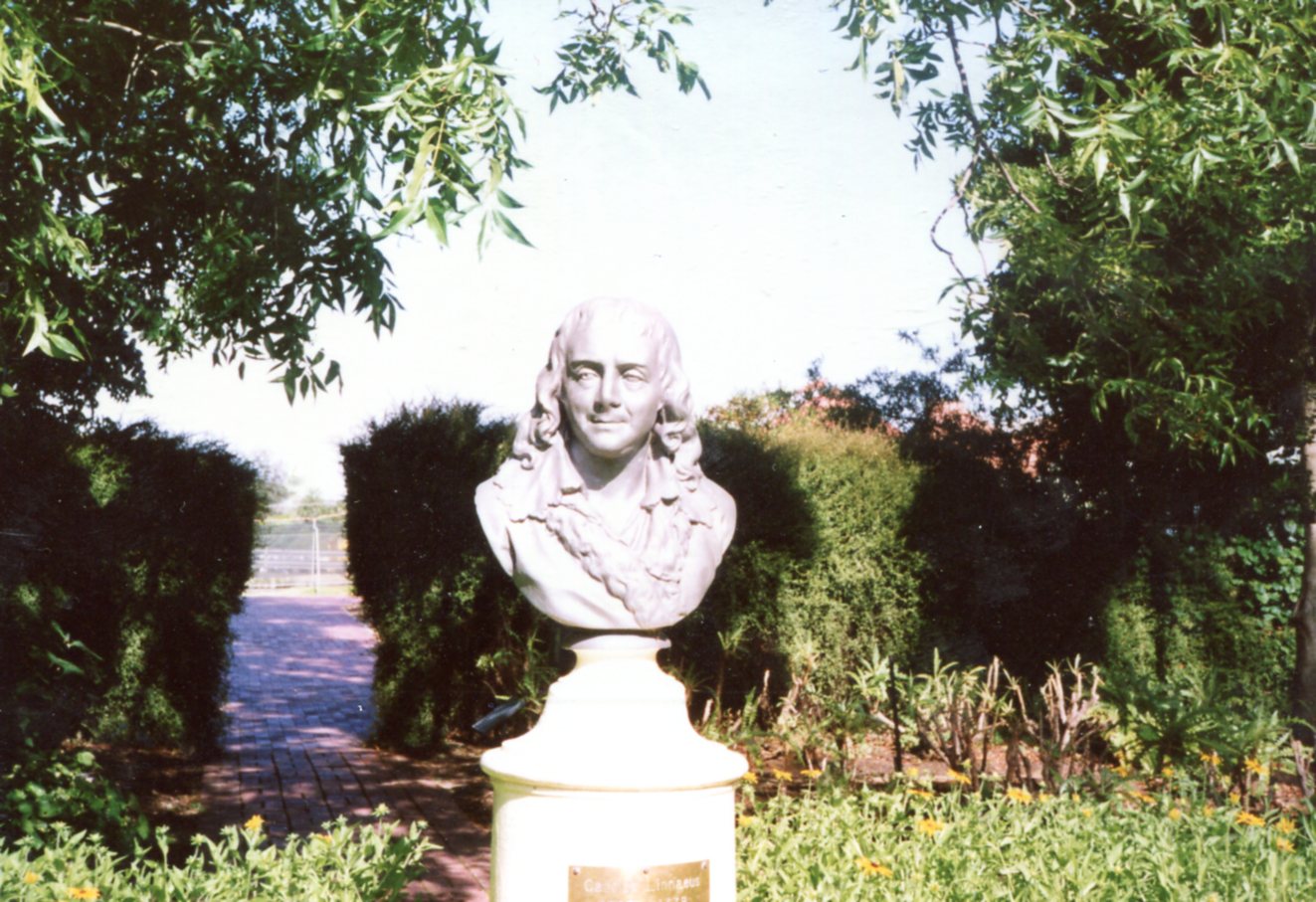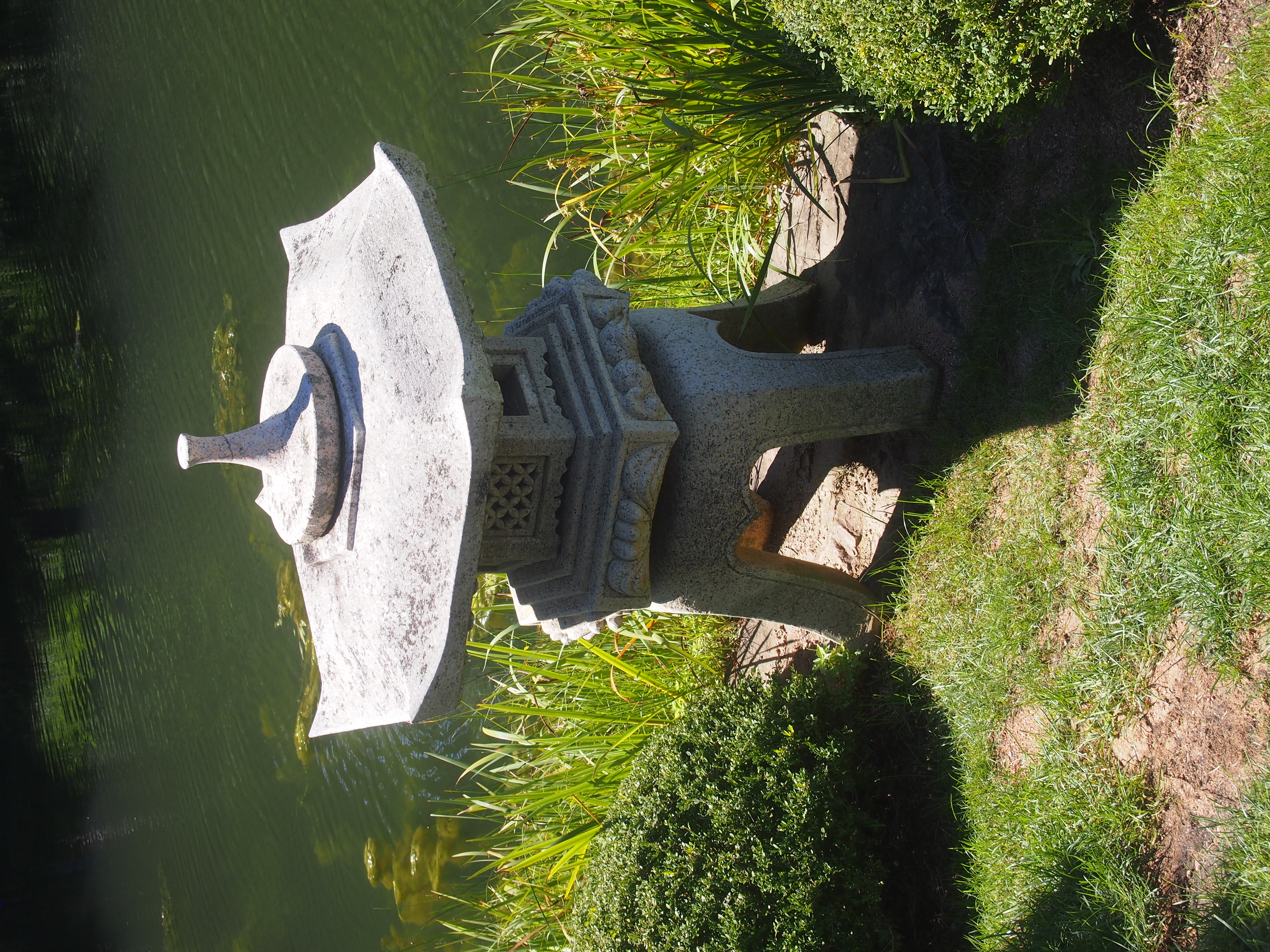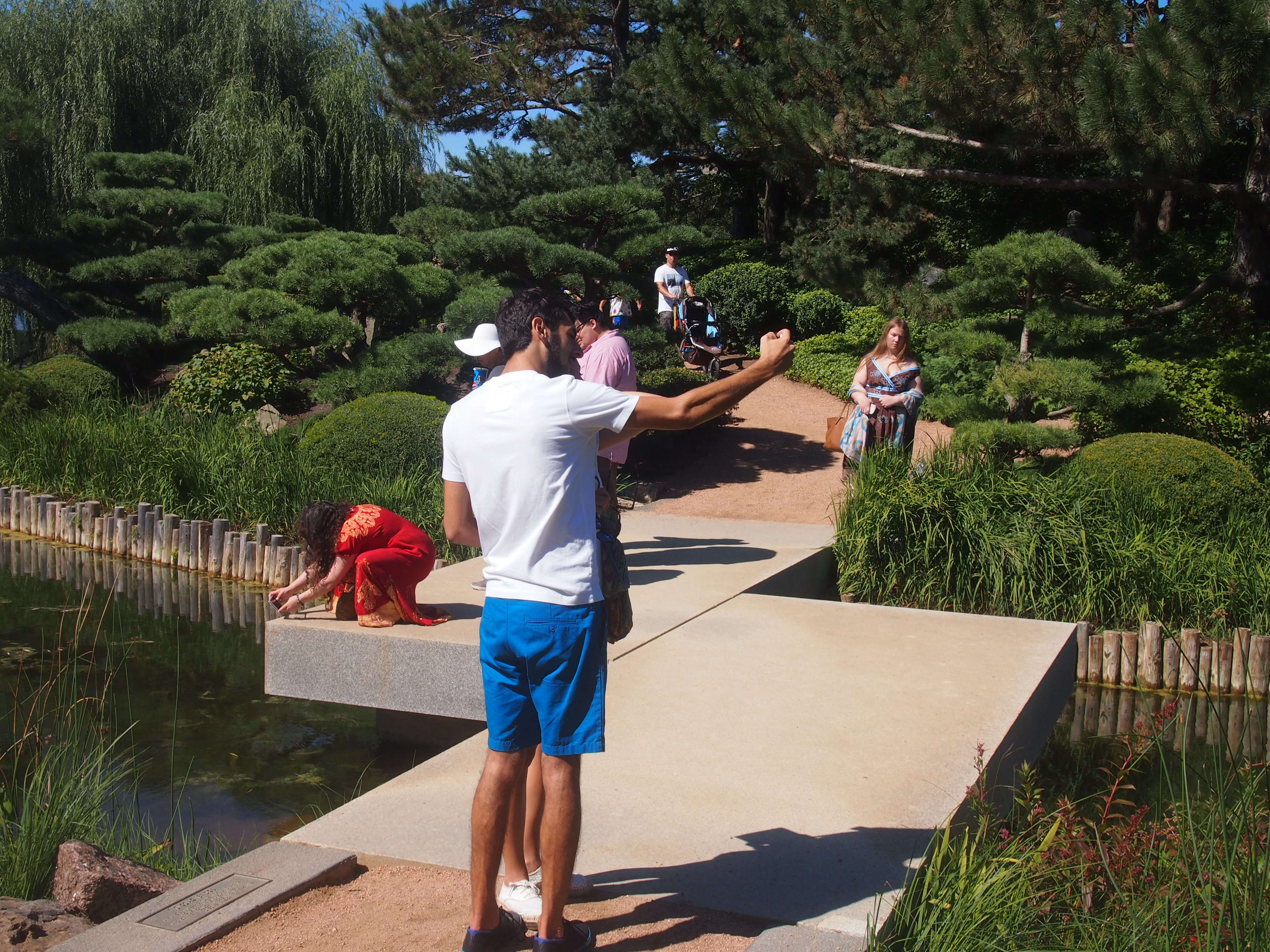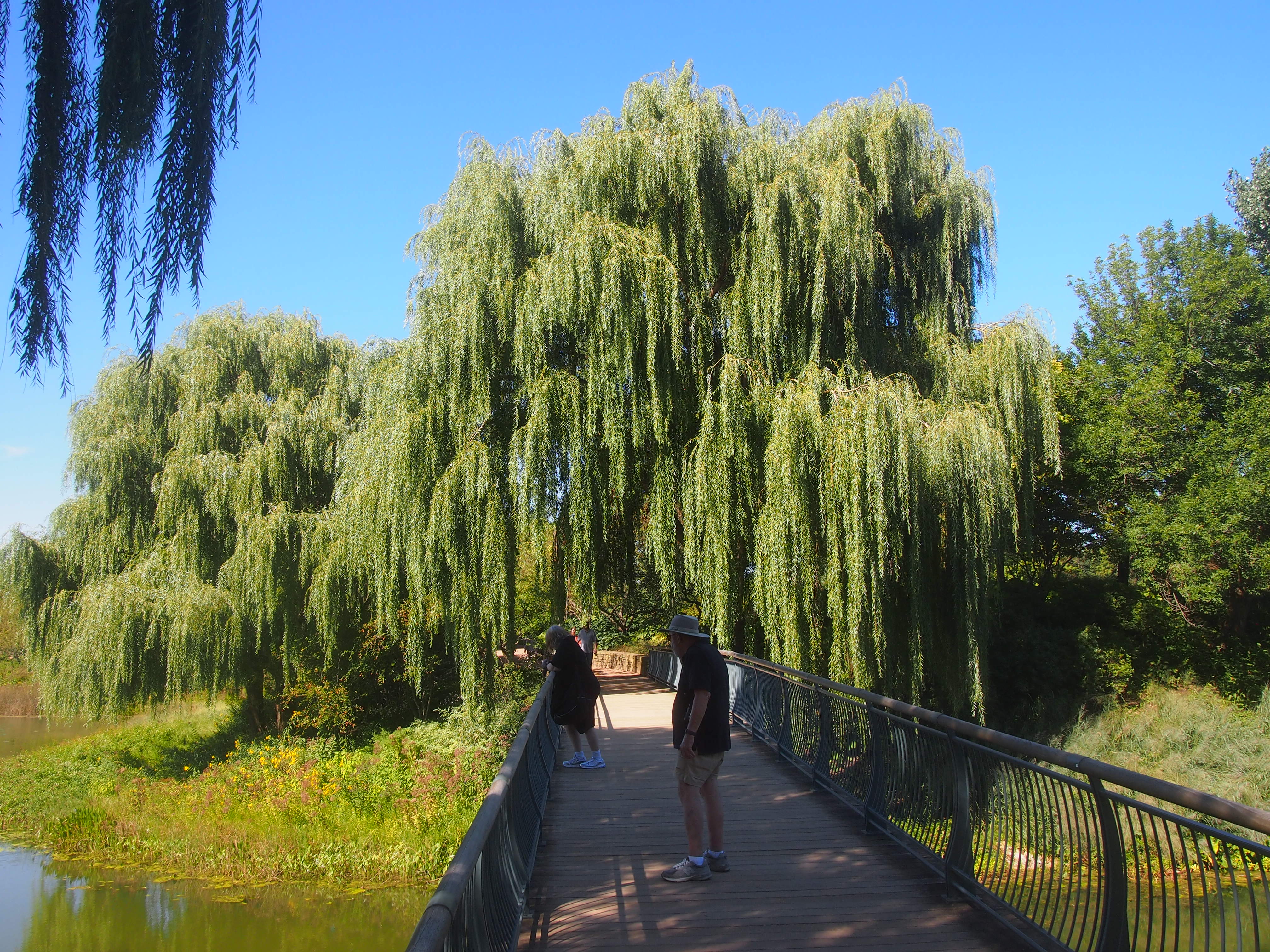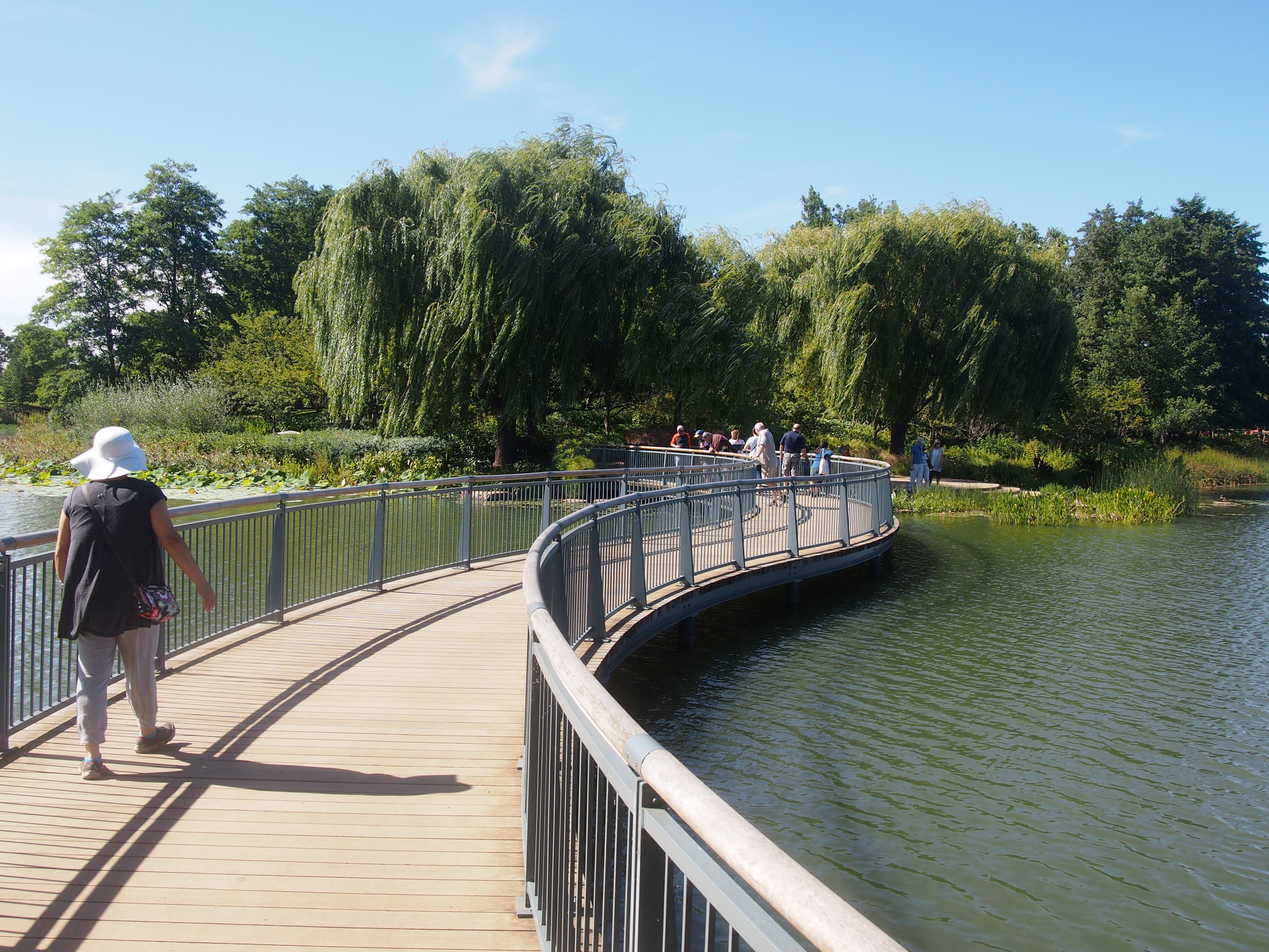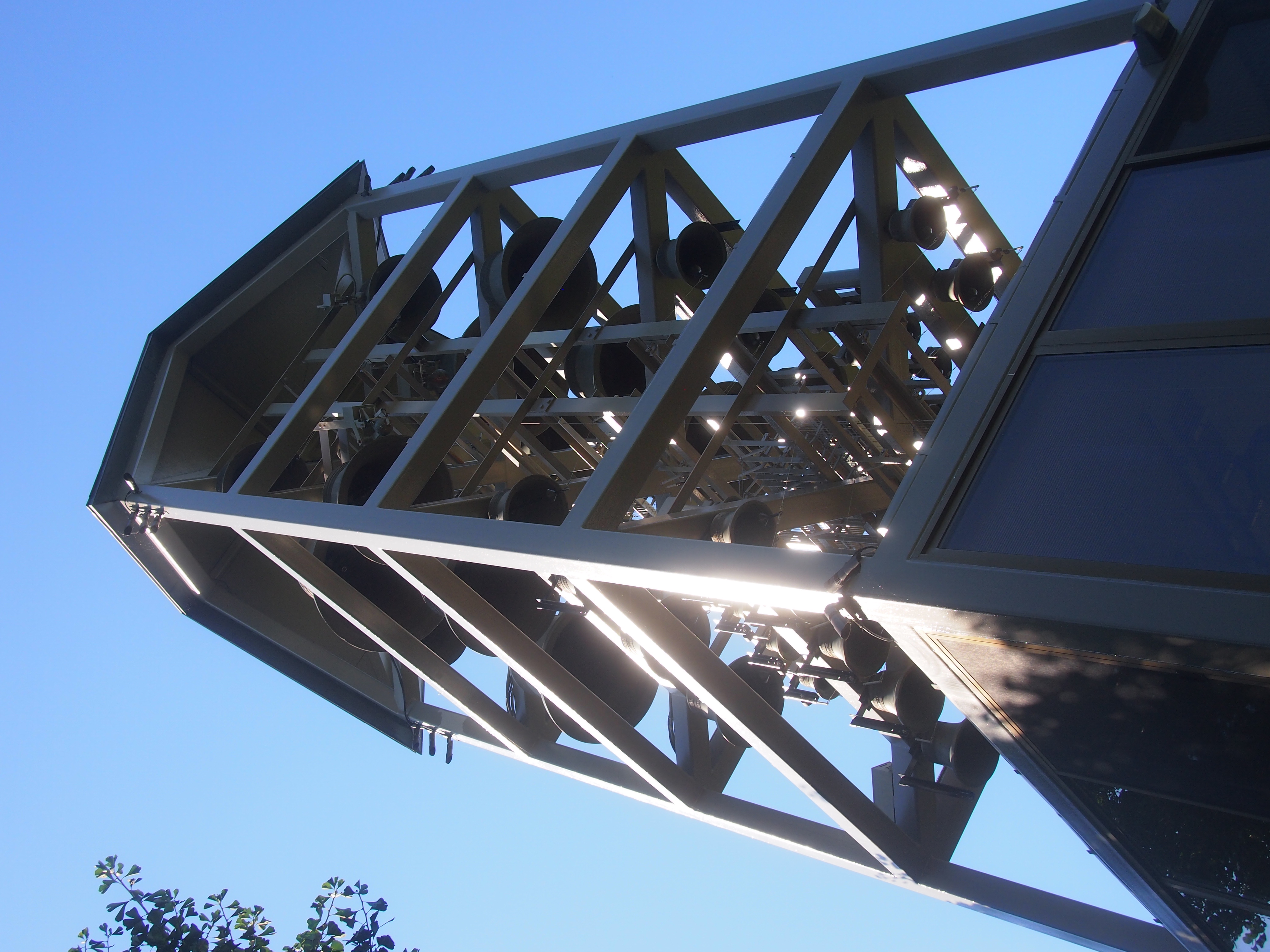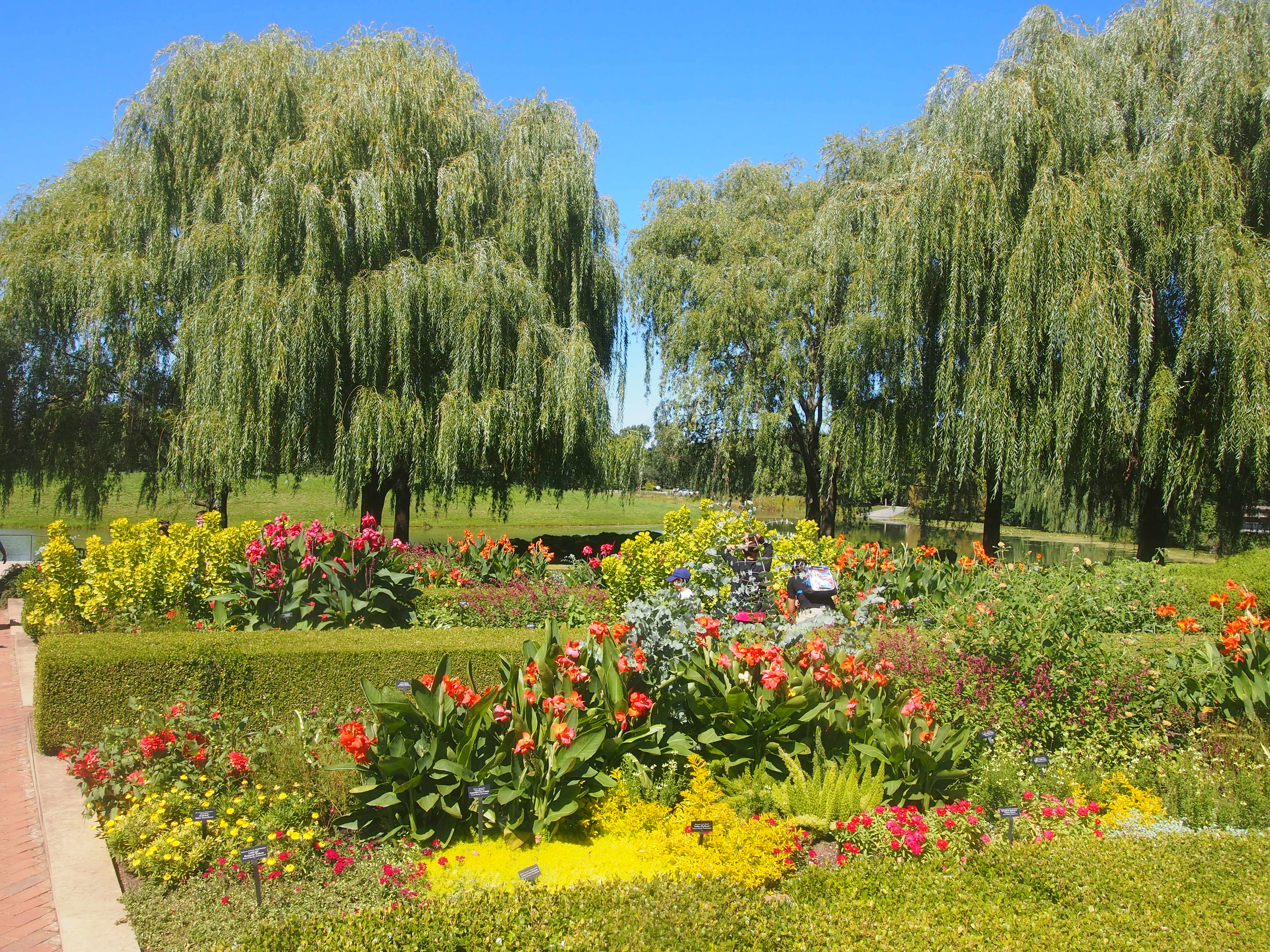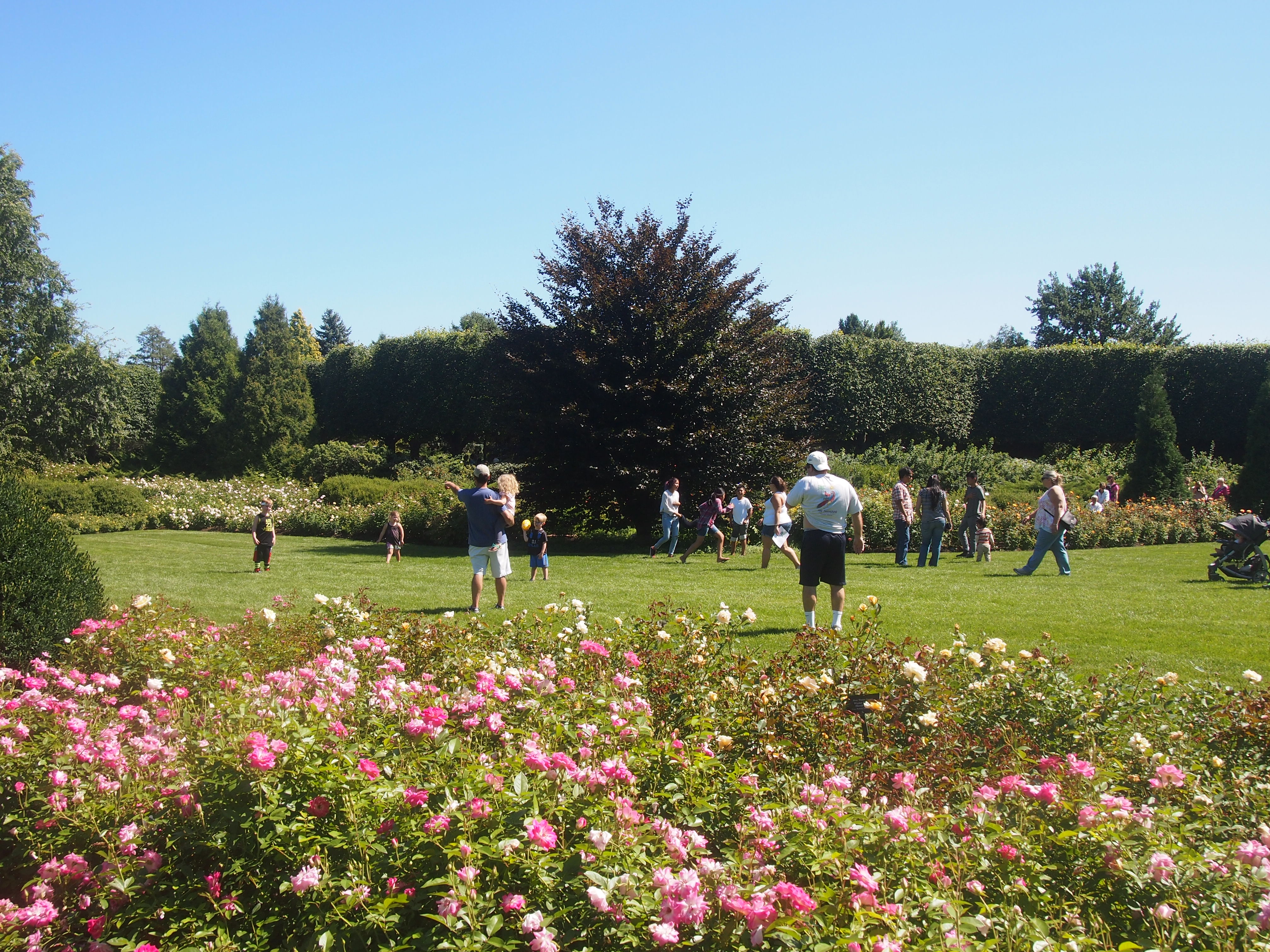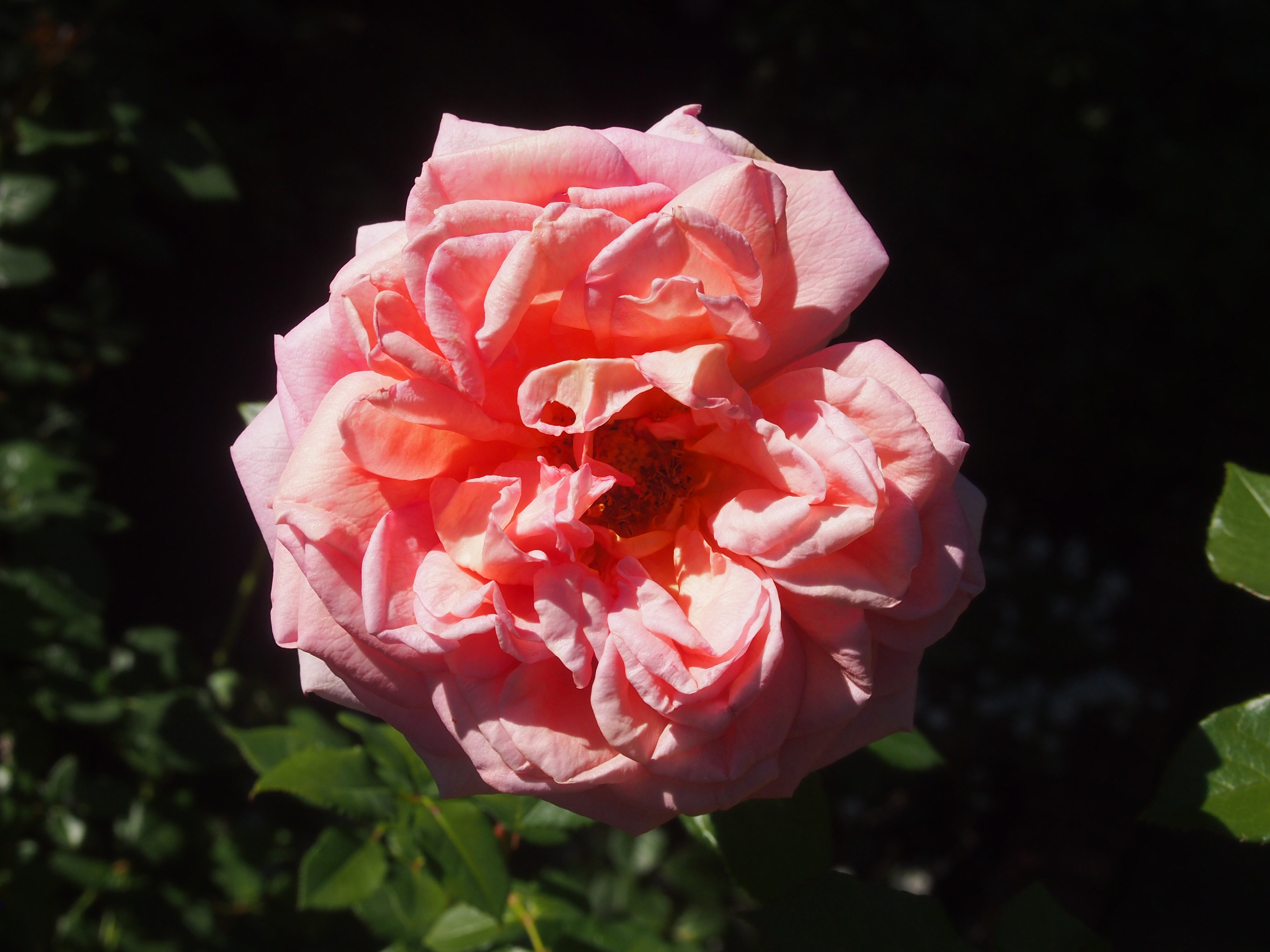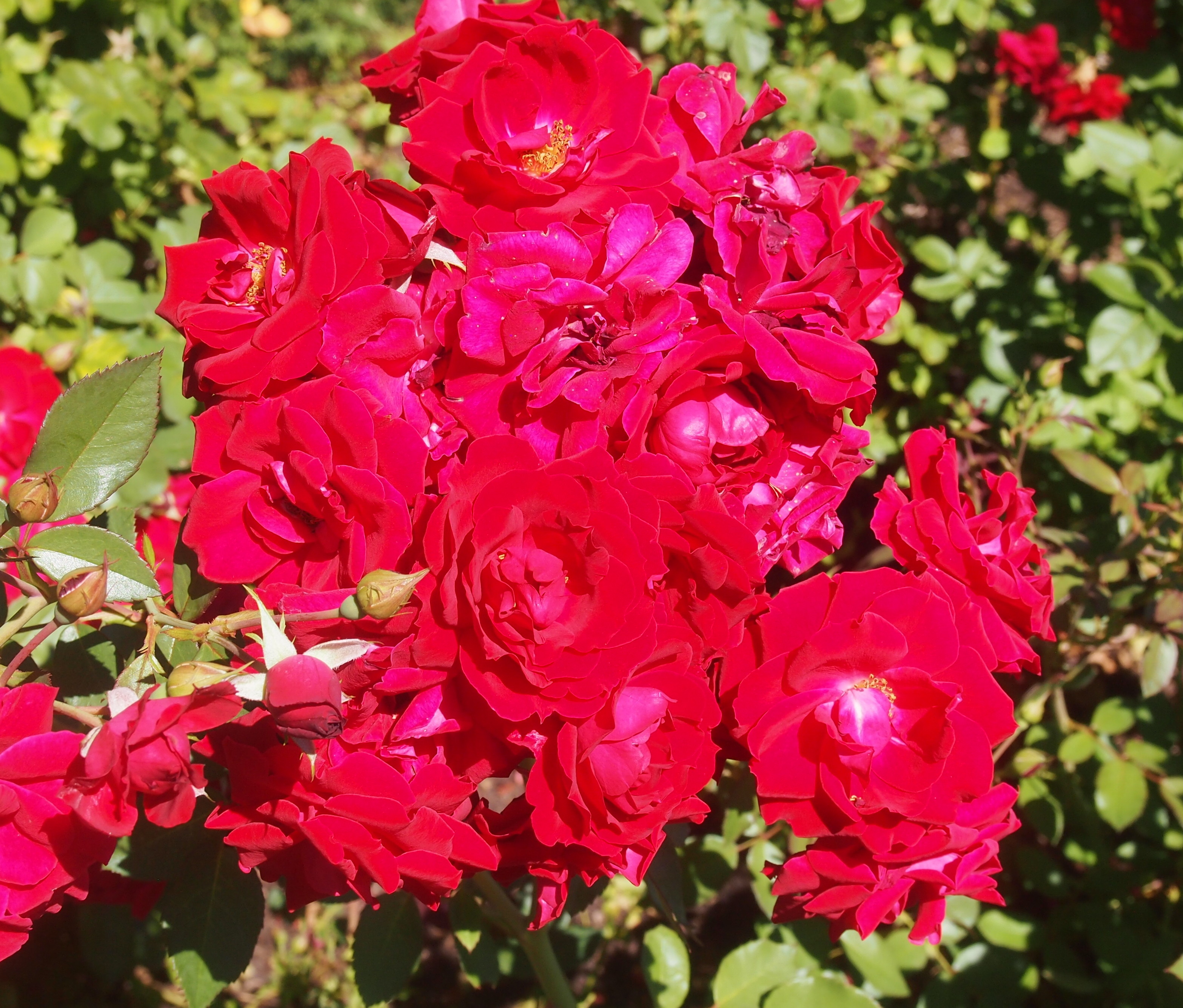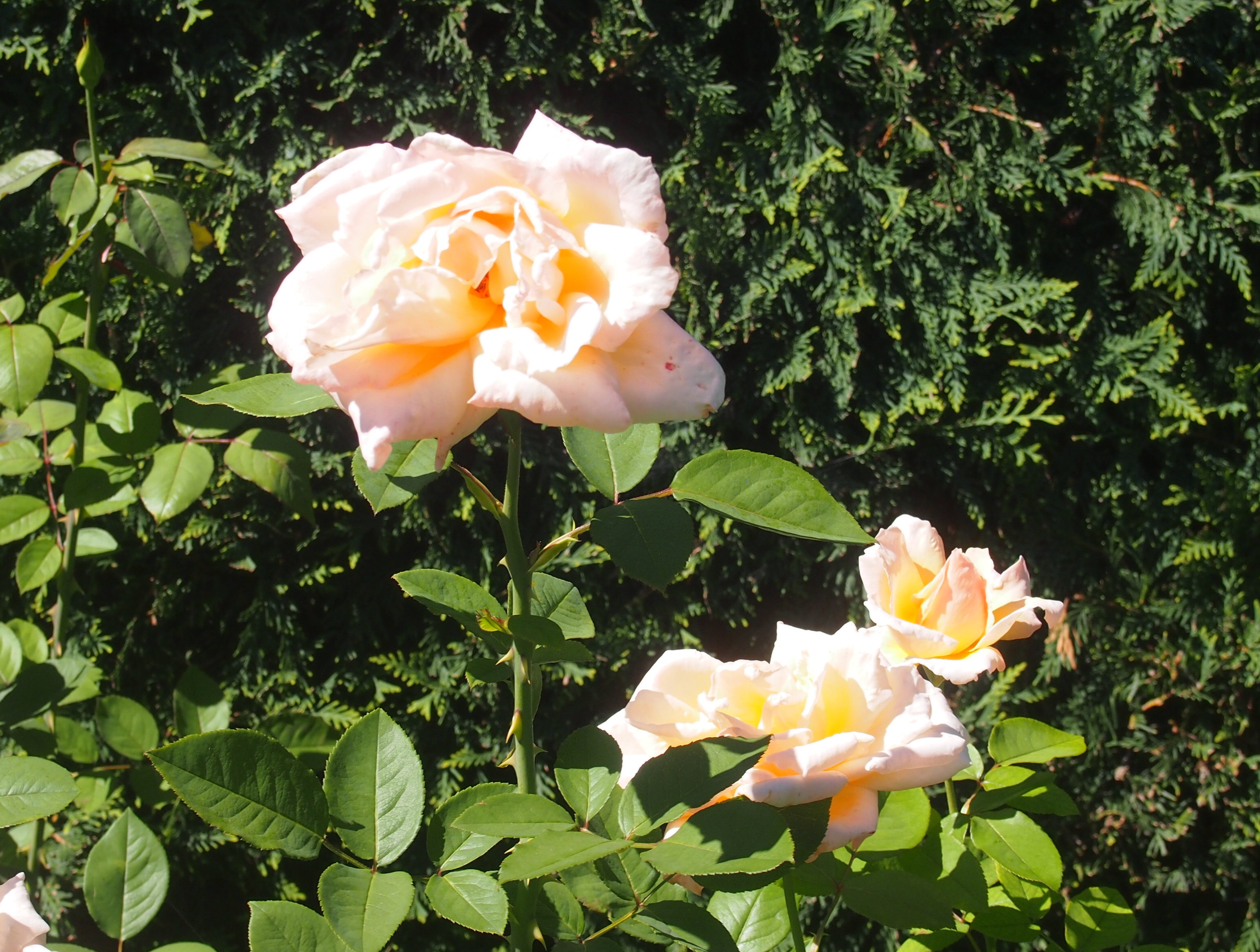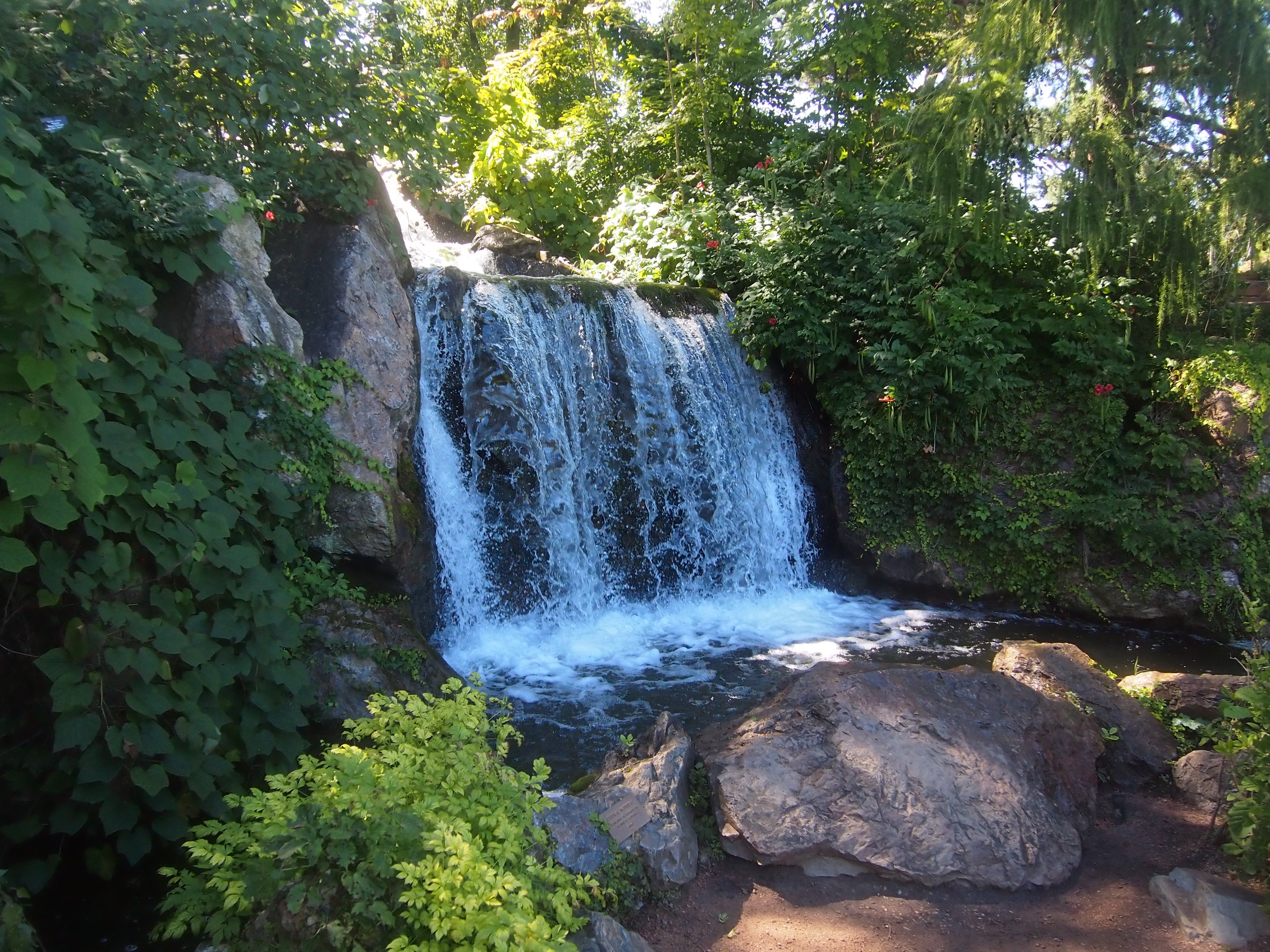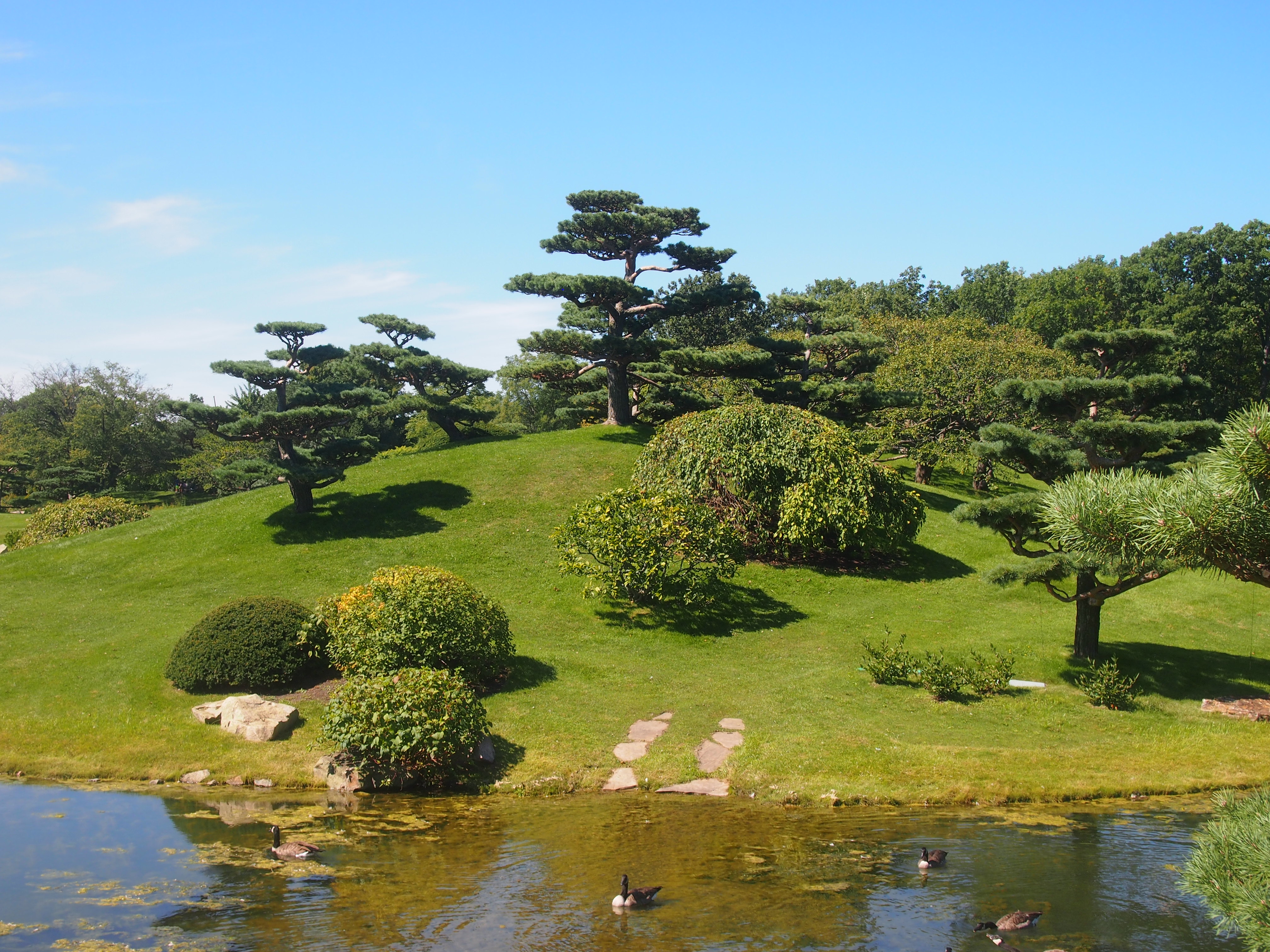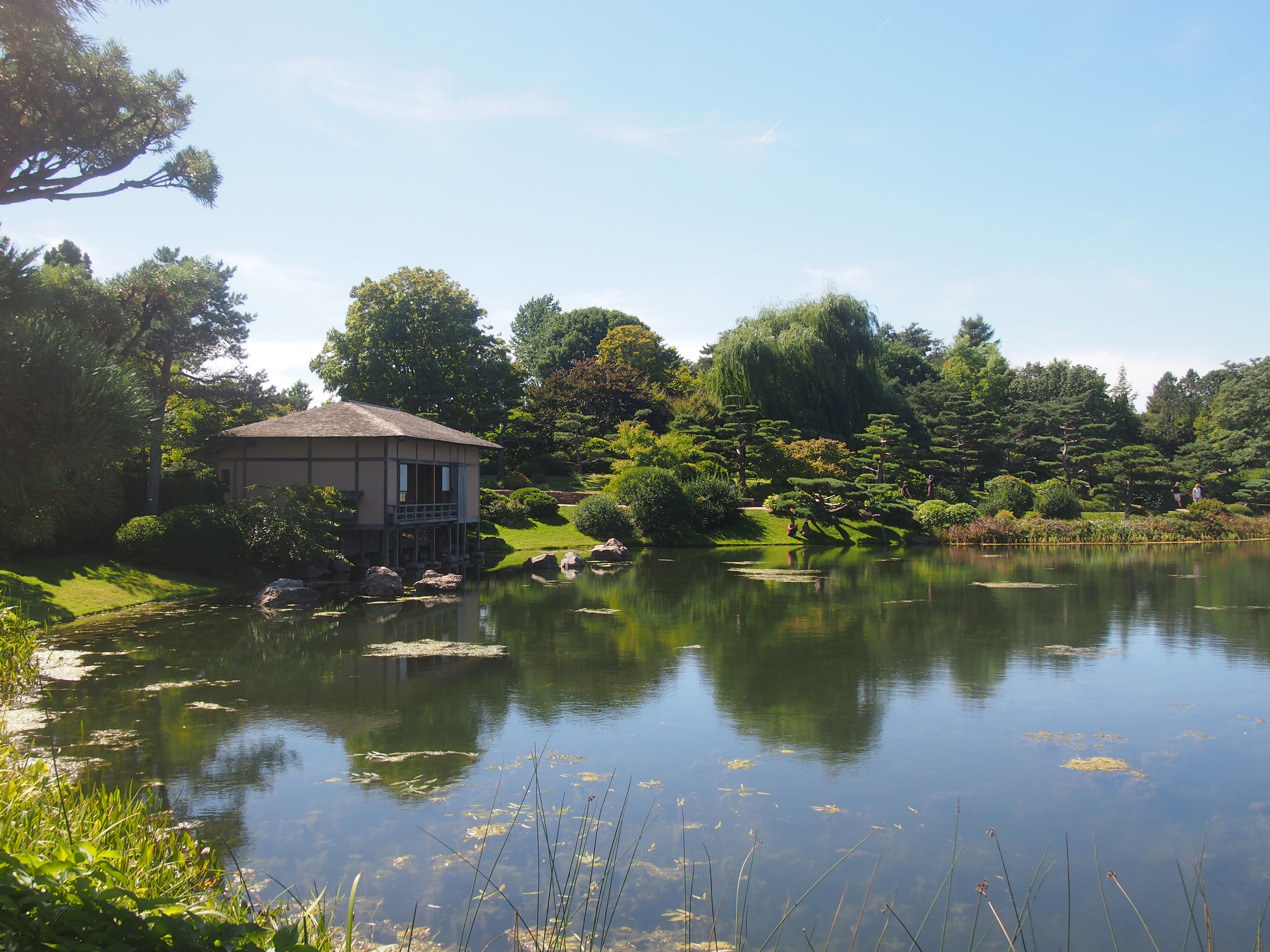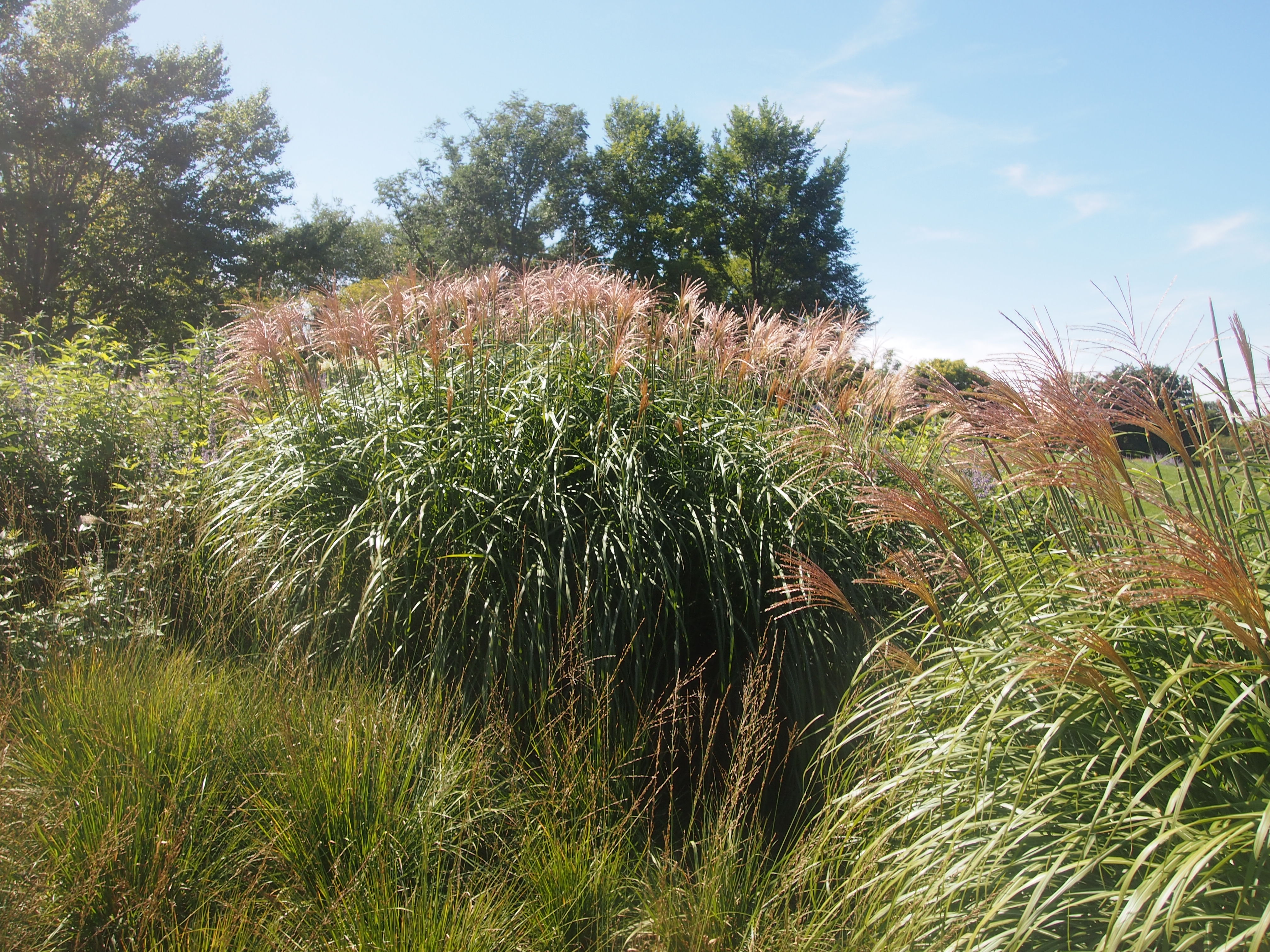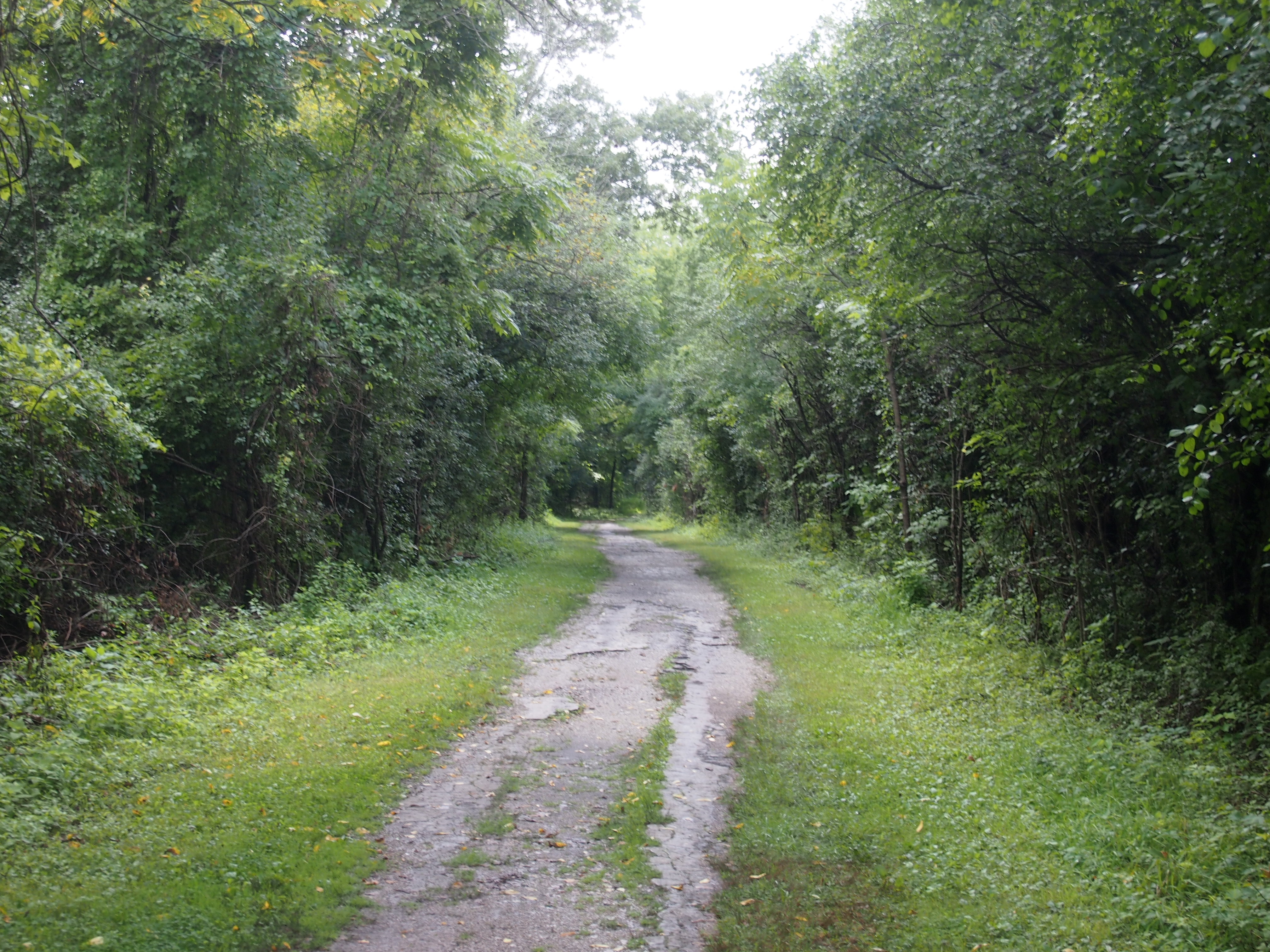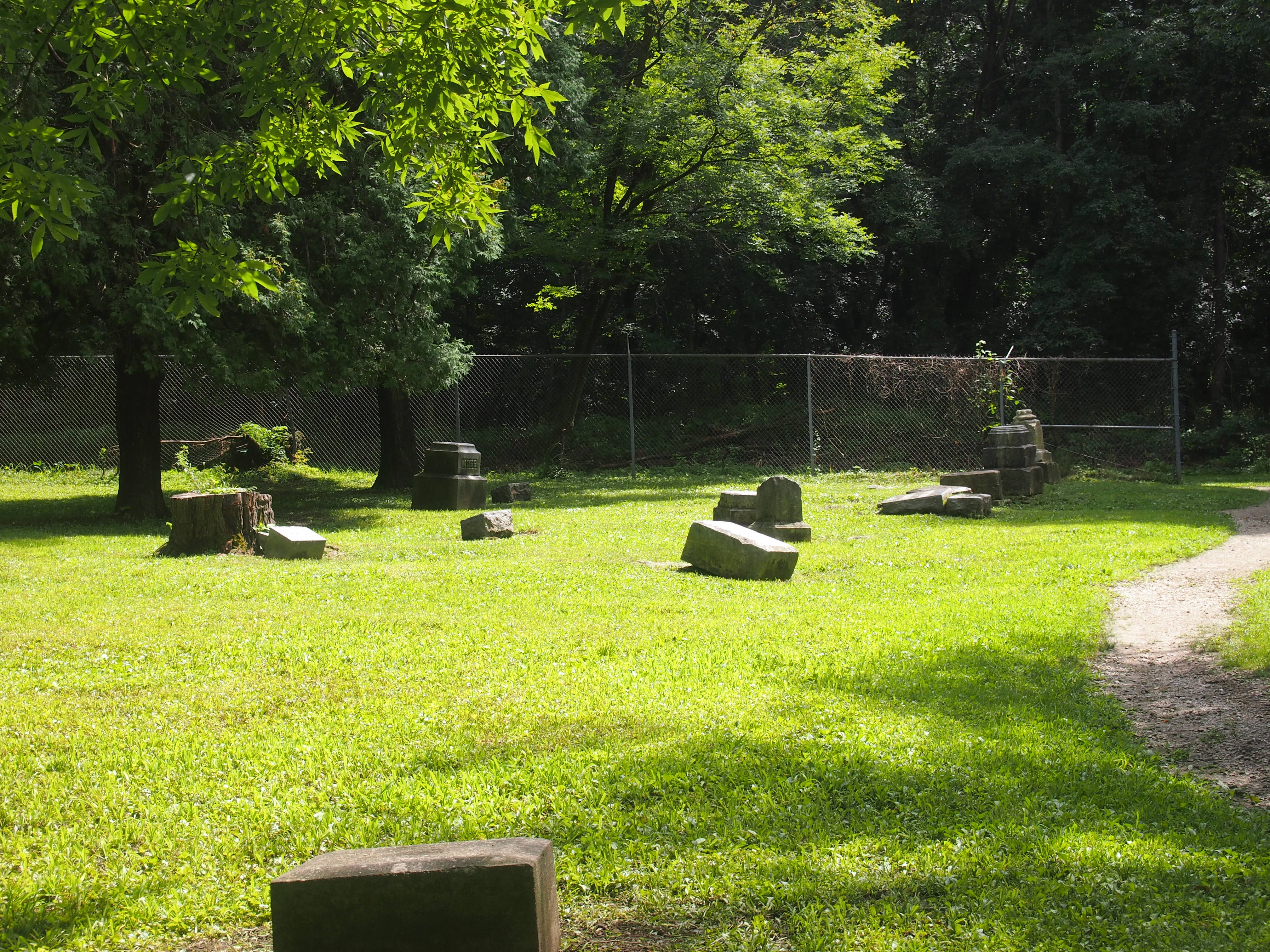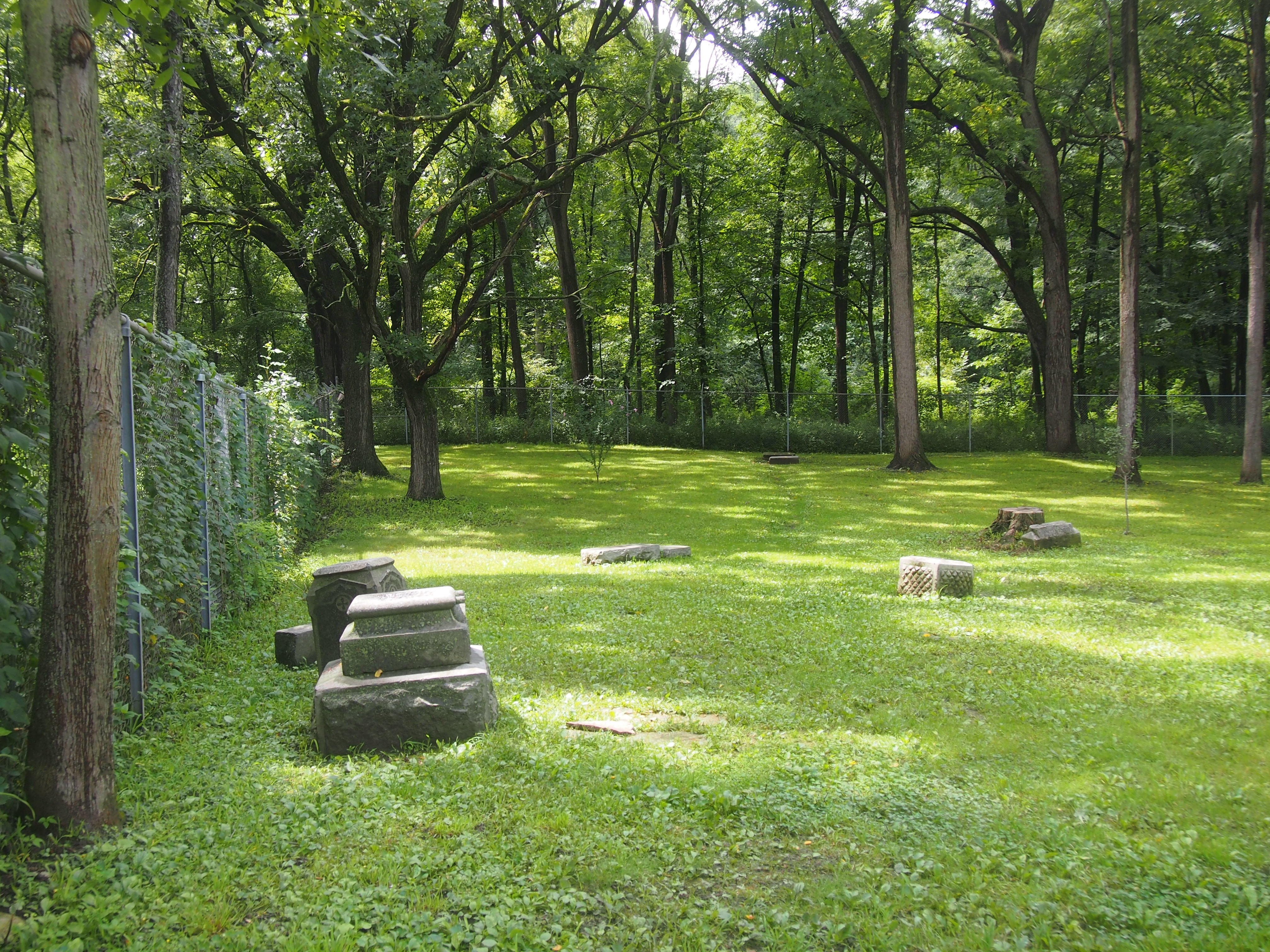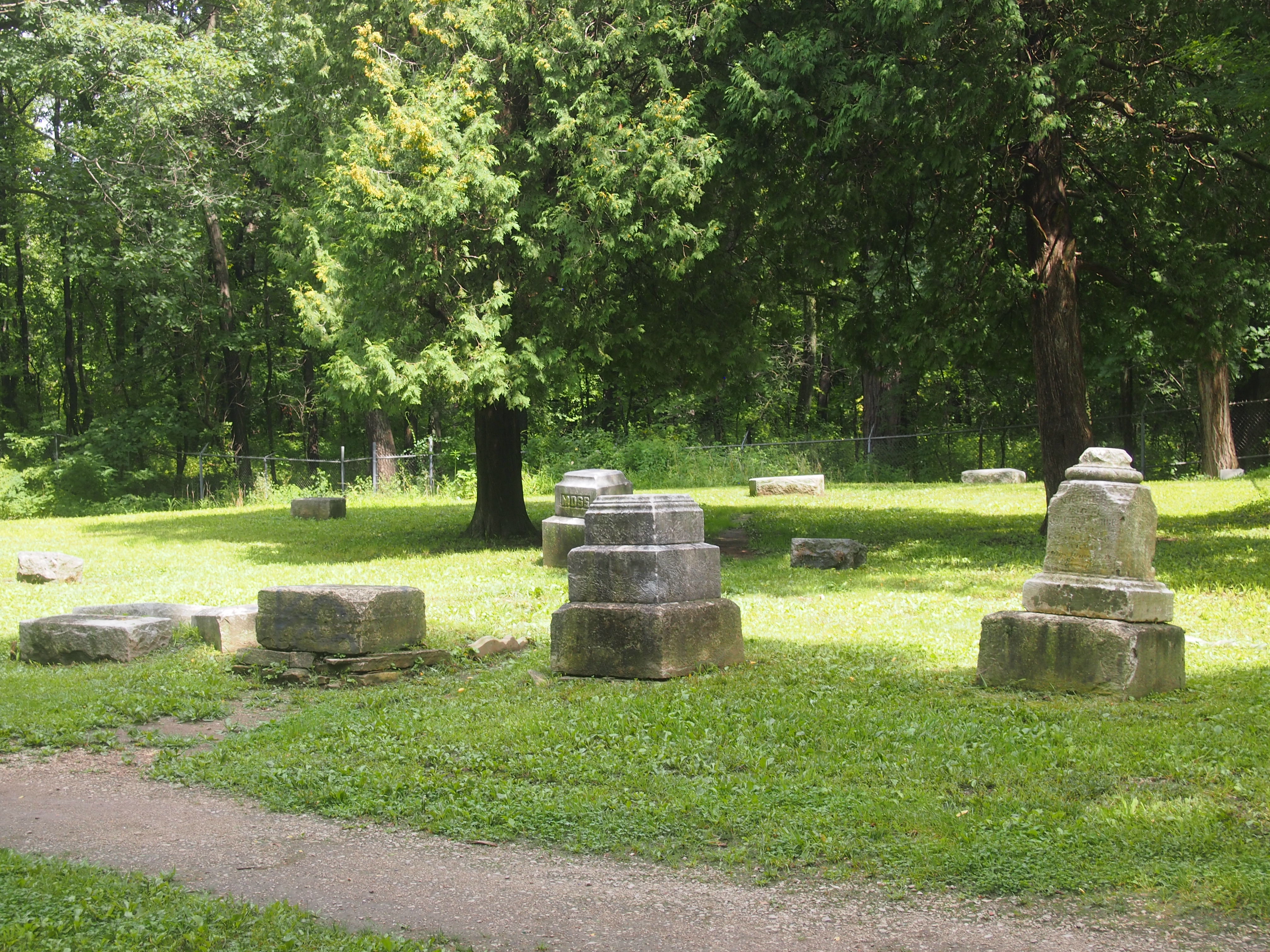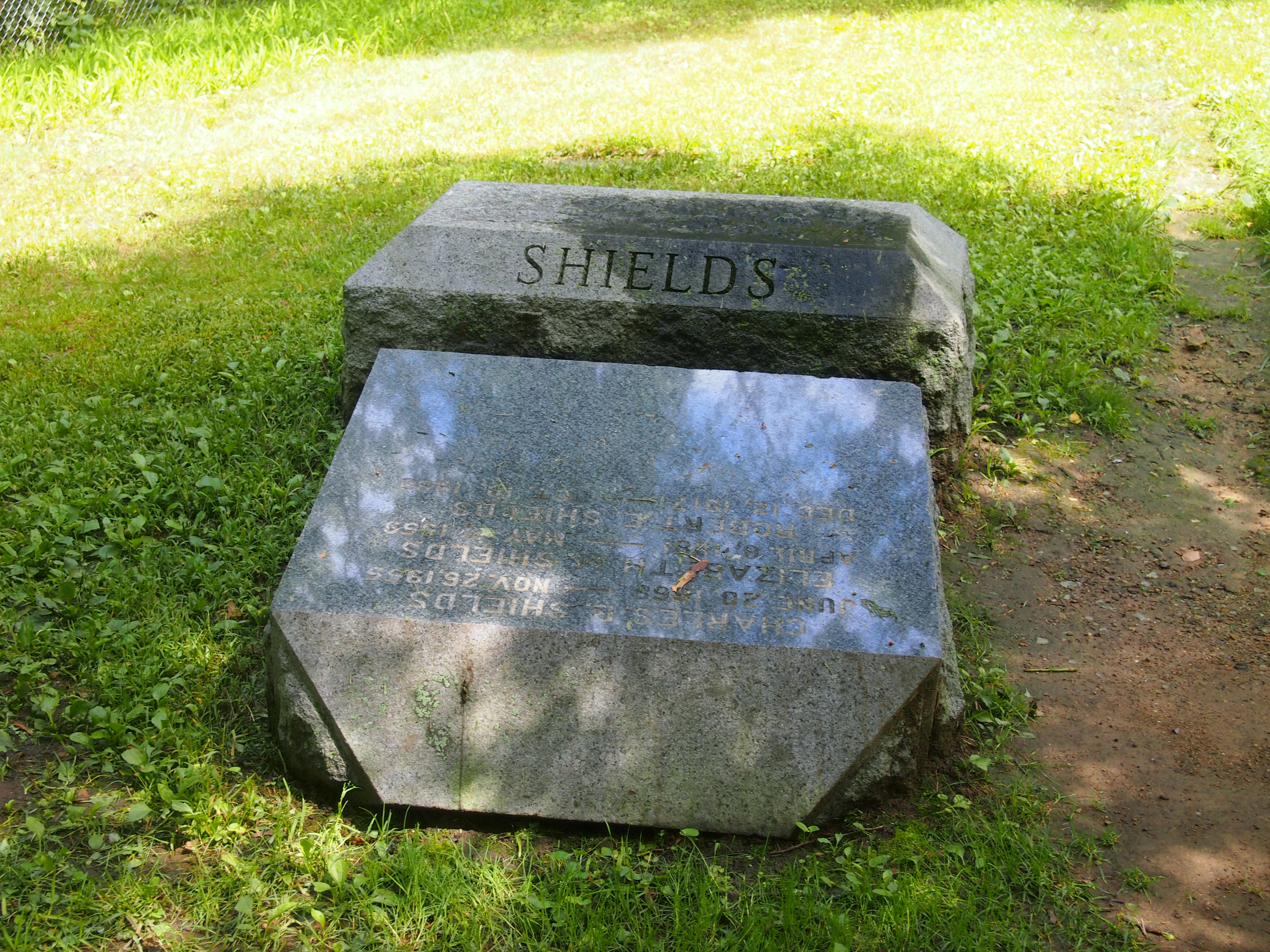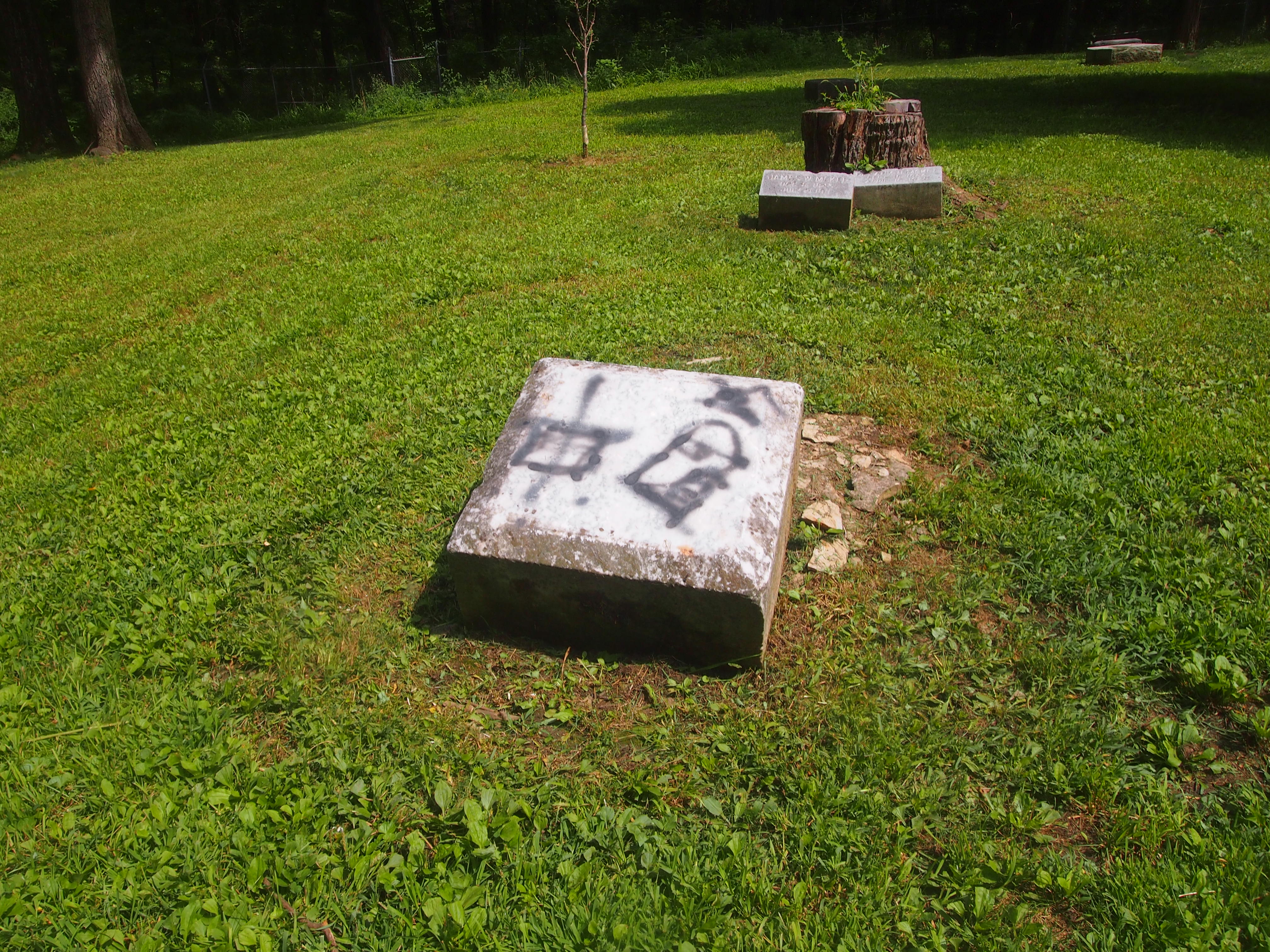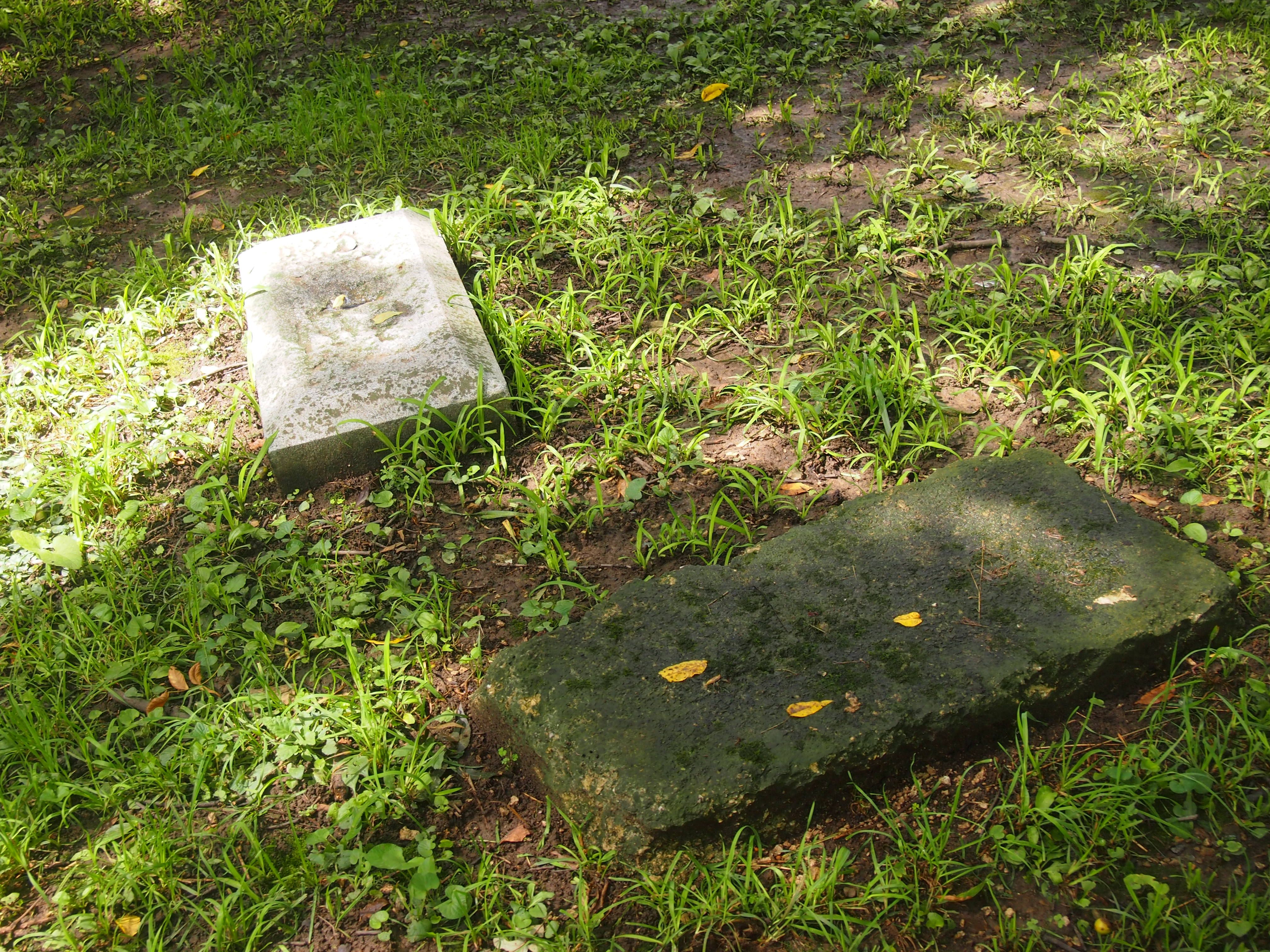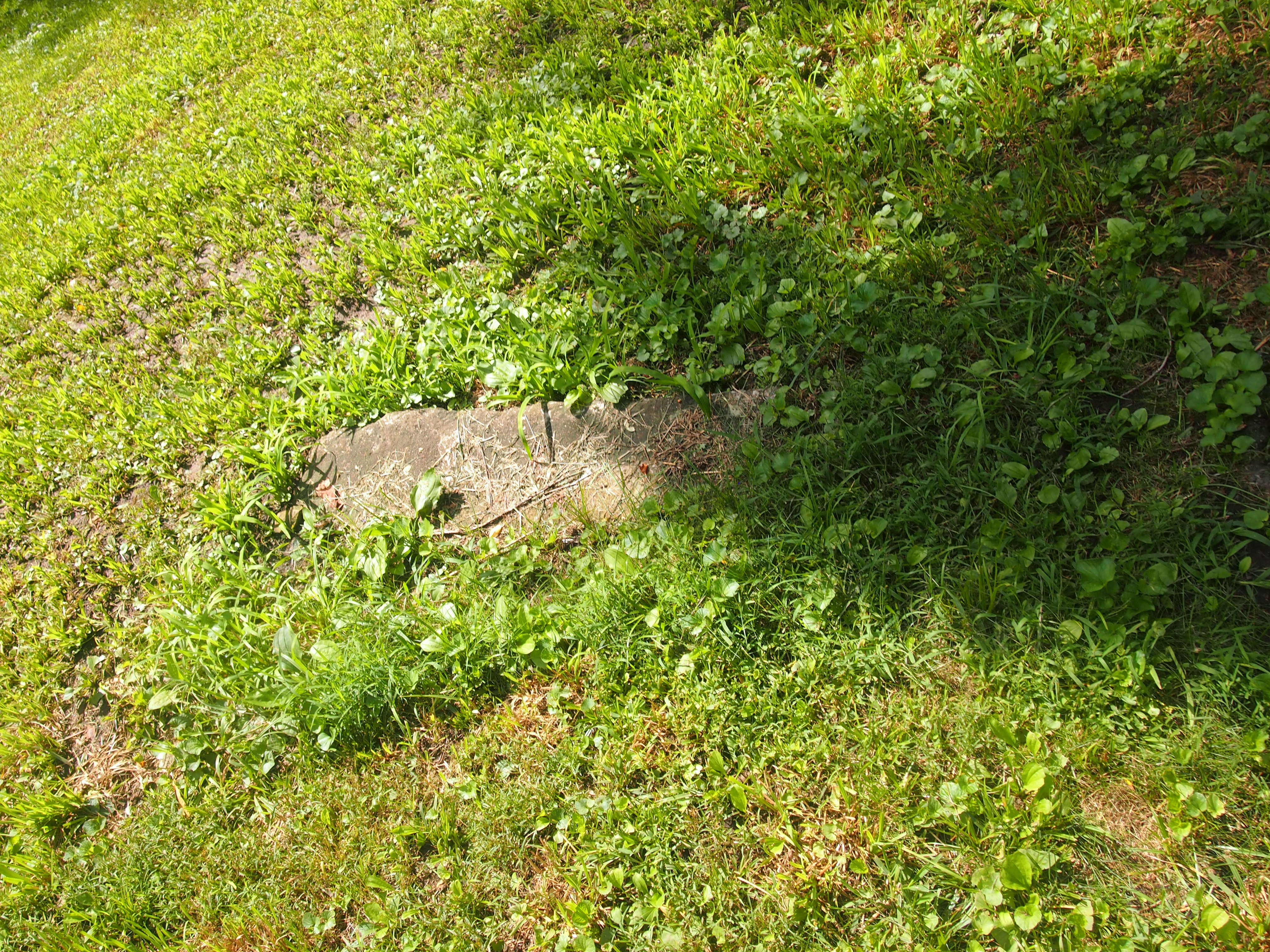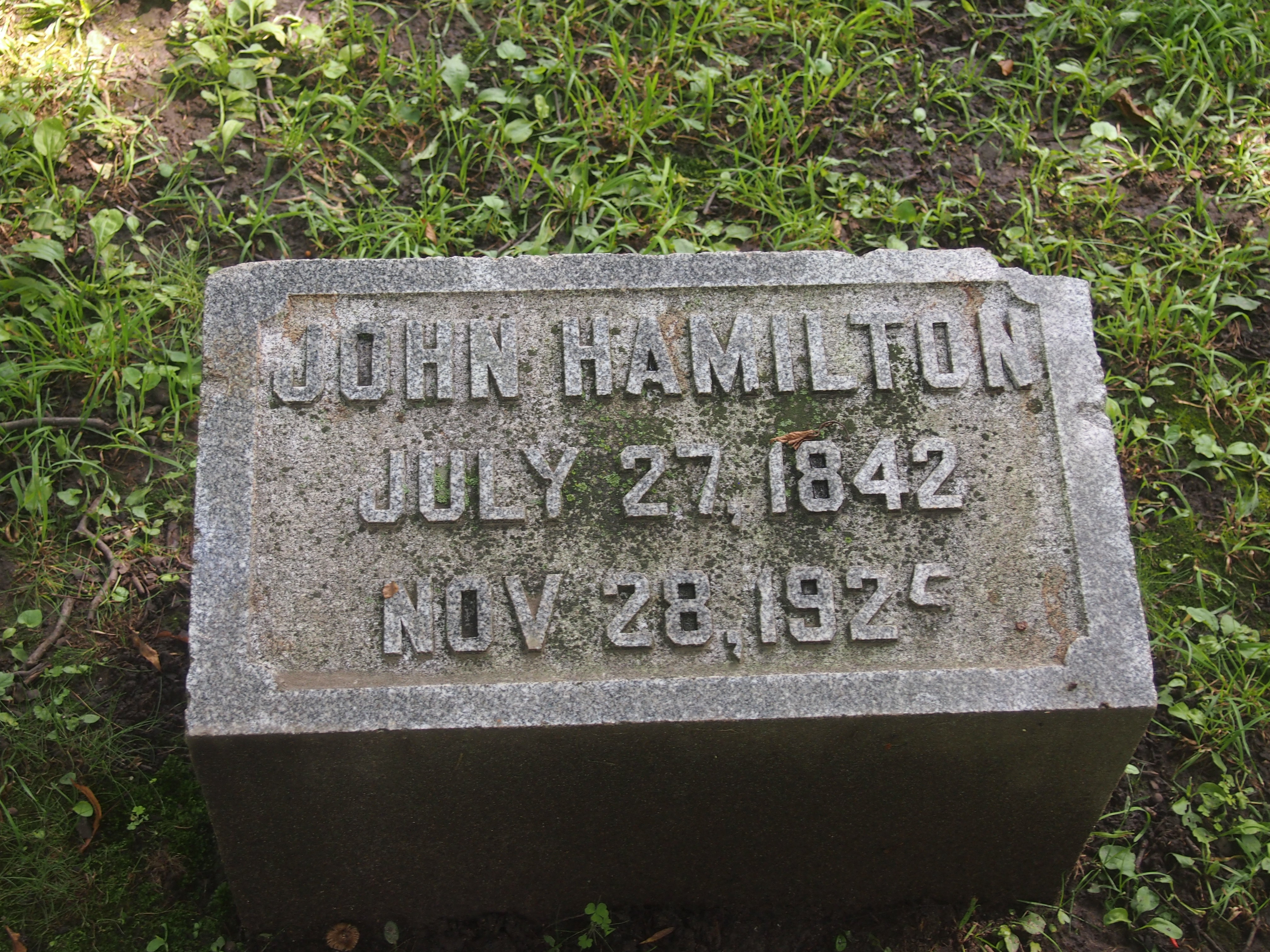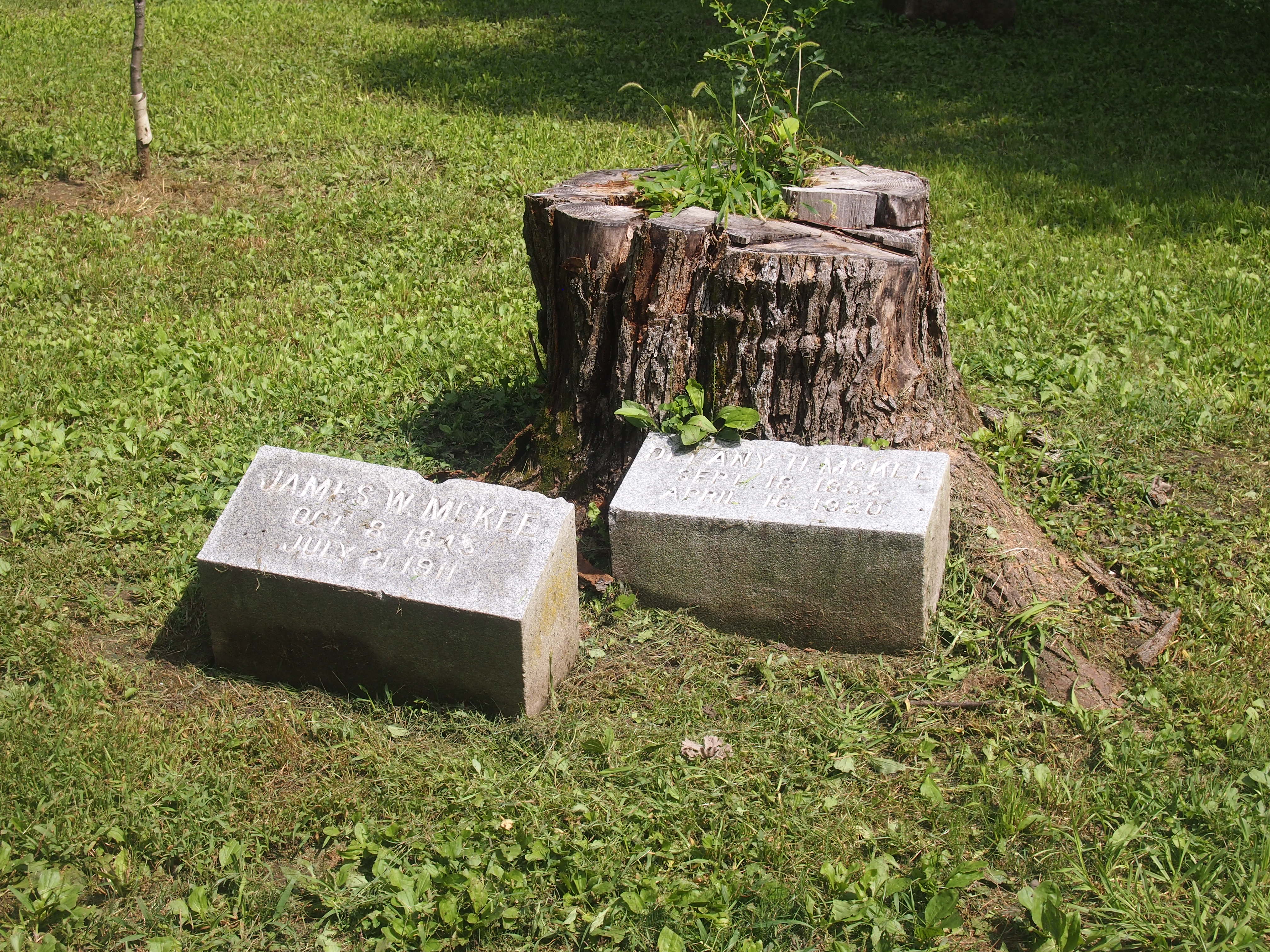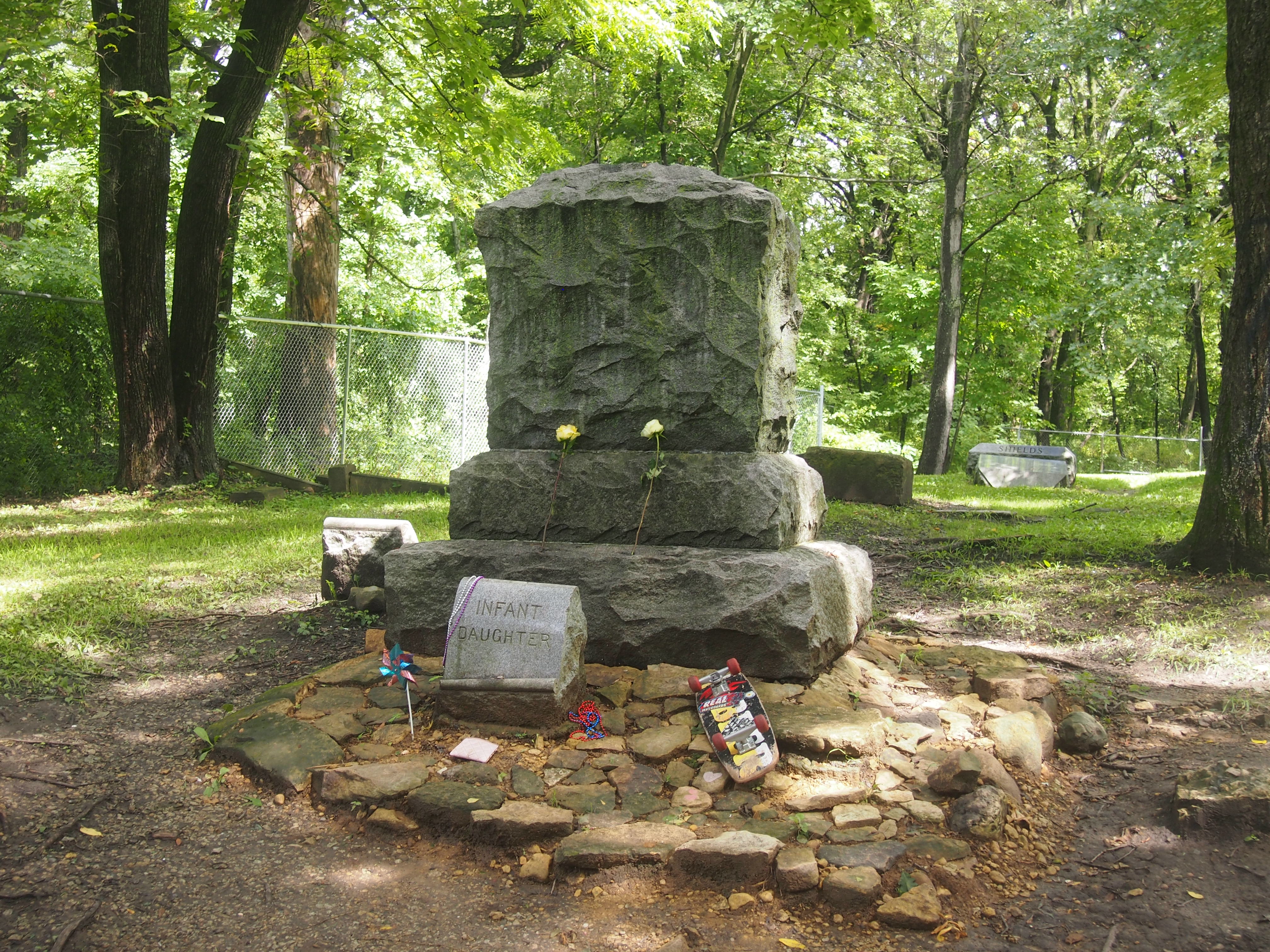Nestled among a thicket of other buildings at Northwestern University is the Dearborn Observatory. Whenever you can, visit an observatory. So we did on Saturday, since it was part of Open House Chicago.
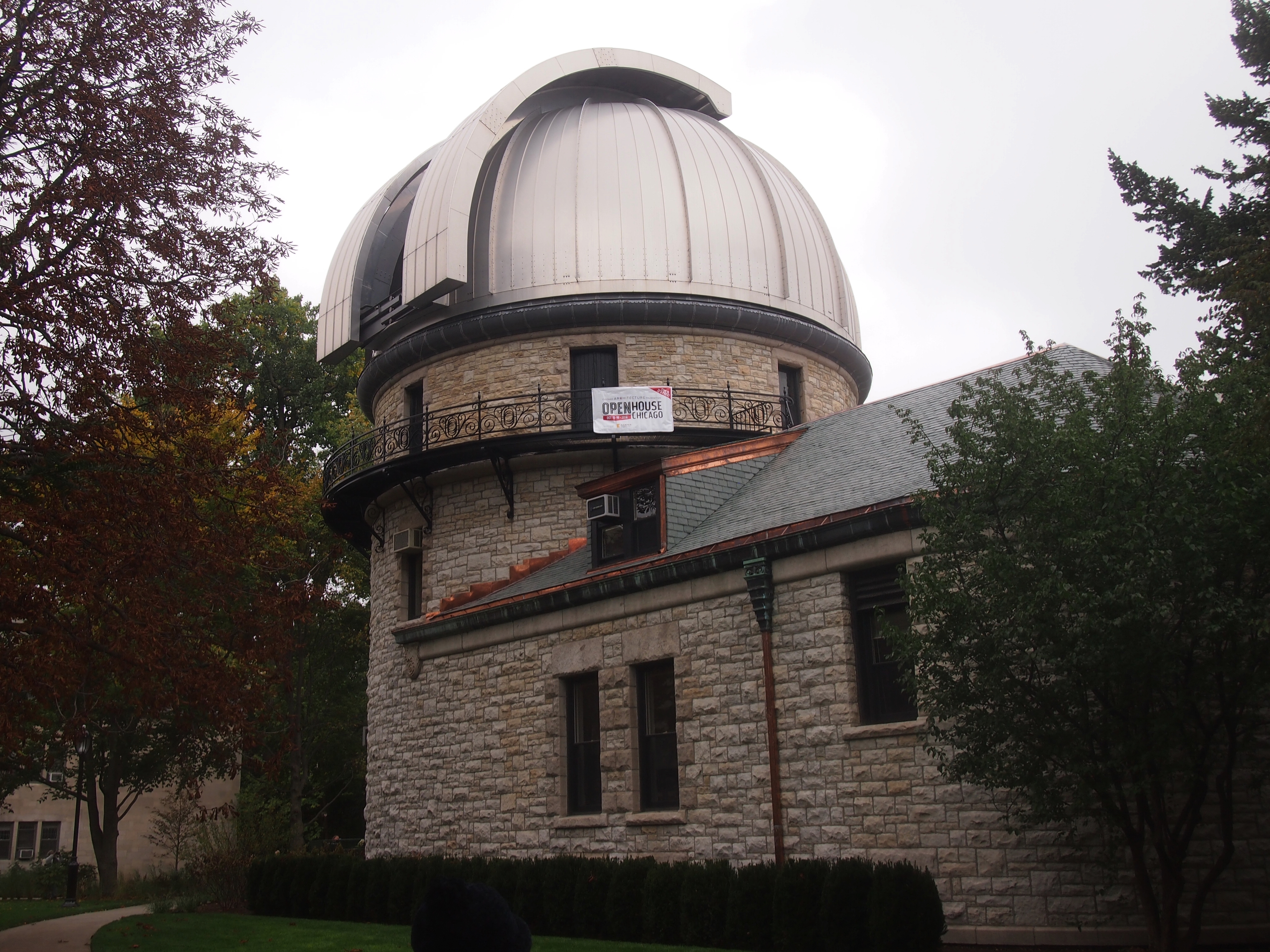 This particular building goes back to 1888, with the aluminum dome was added only in 1997, though there must have been some other dome before that. The story of the telescope inside goes back further. The remarkable Frederick A.P. Barnard, chancellor of the University of Mississippi, tasked the also remarkable Alvan Clark & Sons to construct a 18.5-inch refracting lens for the school, the largest yet made.
This particular building goes back to 1888, with the aluminum dome was added only in 1997, though there must have been some other dome before that. The story of the telescope inside goes back further. The remarkable Frederick A.P. Barnard, chancellor of the University of Mississippi, tasked the also remarkable Alvan Clark & Sons to construct a 18.5-inch refracting lens for the school, the largest yet made.
That was in 1859. By the time the lens was finished in 1861, Ole Miss (not so ole then, I guess) was in no position to take delivery. Before long the Chicago Astronomical Society bought the lens for a telescope at the Old University of Chicago.
Old Chicago — not the same as the modern university — folded in 1886, and eventually Northwestern got the telescope with the Alvan Clark lens, which it uses to this day. It’s quite a thing to stand in the presence of such a storied telescope.
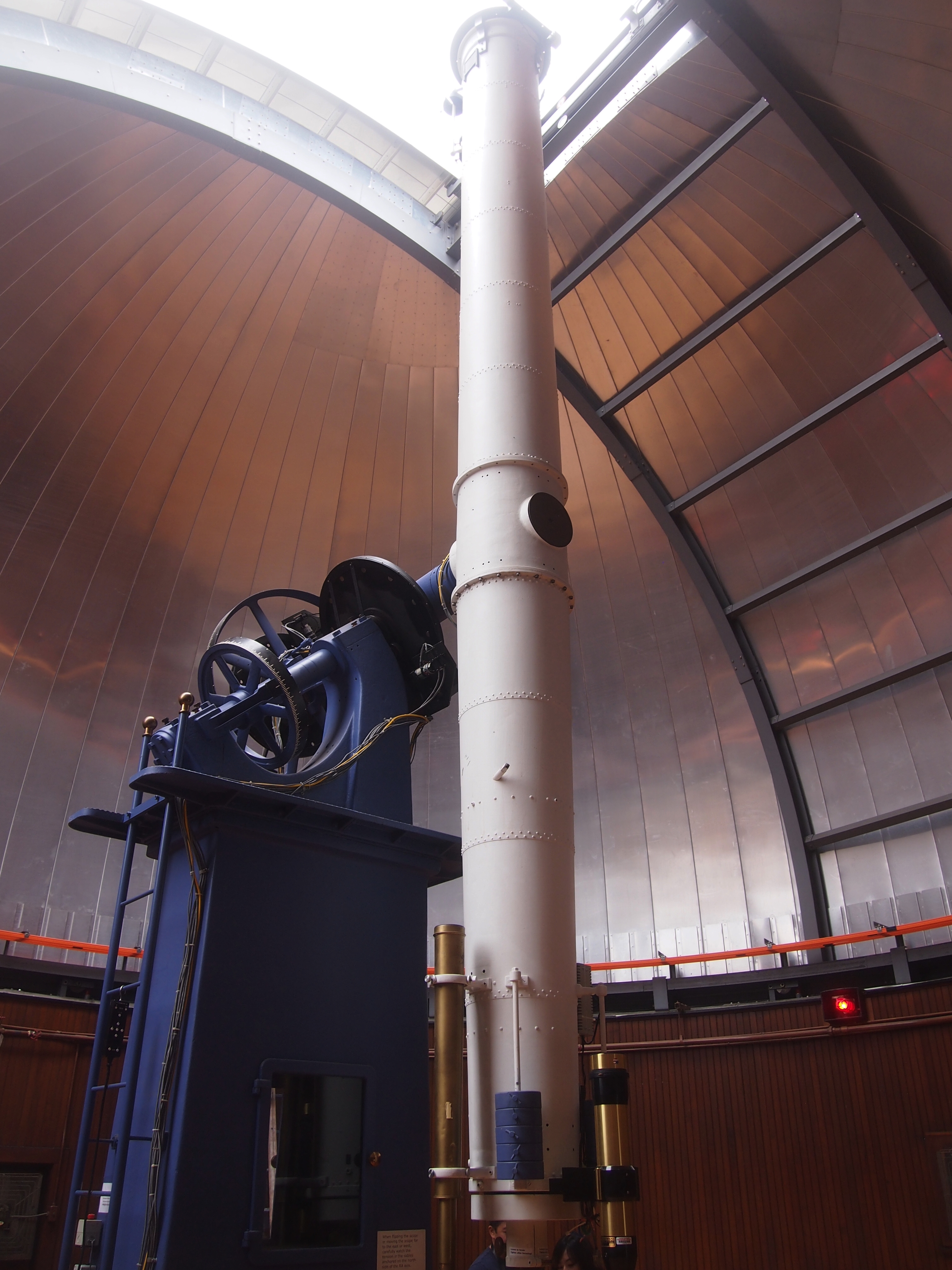 How storied? The One-Minute Astronomer tells us — even though it mistakes E.E. Barnard for Frederick A.P. Barnard — that “in 1846 Alvan Clark established a telescope factory at Cambridgeport, Massachusetts. Clark and his two sons, with almost no formal training, learned how to build the finest refracting telescopes in the world. Many of their instruments remain in use today…
How storied? The One-Minute Astronomer tells us — even though it mistakes E.E. Barnard for Frederick A.P. Barnard — that “in 1846 Alvan Clark established a telescope factory at Cambridgeport, Massachusetts. Clark and his two sons, with almost no formal training, learned how to build the finest refracting telescopes in the world. Many of their instruments remain in use today…
“Many important discoveries were made with Clark refractors, especially related to binary stars, stellar motion, and planetary studies.
• Asaph Hall discovered Phobos and Deimos, the moons of Mars, with the 26-inch USNO telescope. He also discovered a white spot on Saturn that helped determine the planet’s rotational period.
• Percival Lowell (falsely) observed canals on Mars with the famed 24-inch Clark refractor at the Lowell Observatory in Flagstaff.
• And in 1861, Alvan G. Clark made a 18.5-inch lens for E. E. Barnard [sic] at the University of Mississippi. While testing it, he observed Sirius and glimpsed the faint companion predicted by Friedrich Bessel in 1844.”
Astronomer E.E. Barnard would have been about four years old when Clark was working on the future Dearborn Observatory lens. Oddly enough, I’ve known about him a long time — I happened across a reference to Barnard’s Star when I was in junior high, and wondered, who was Barnard and why does he get a star? Good reasons, it turned out. Alas, no Earth-like planets seem to orbit his star. Much later, I learned that Barnard Hall at VU was named after him; he attended Vanderbilt in its early years.
The Dearborn Observatory is open to the public for viewing on clear Friday nights. It’s a bit far to go to Evanston just for that, but one of these days we might do it.

